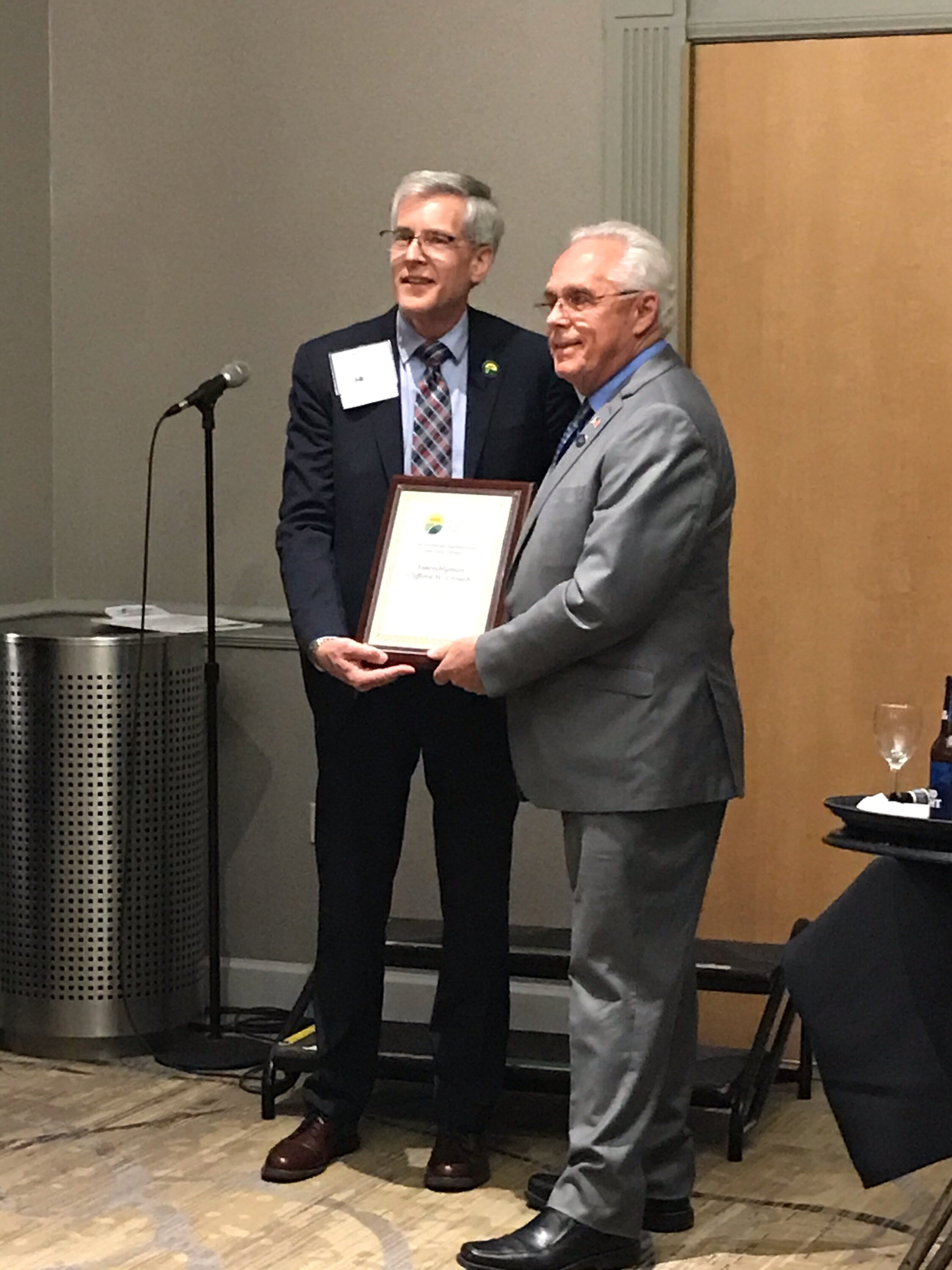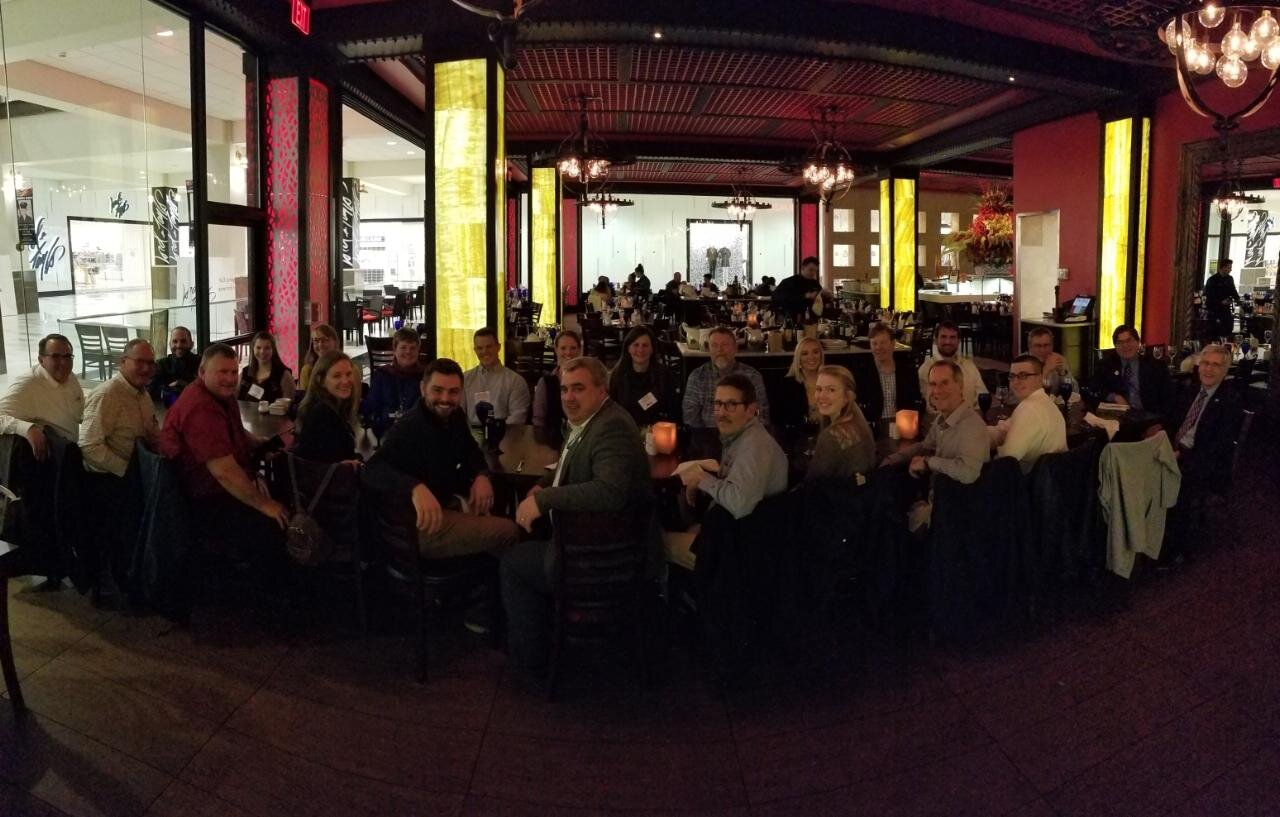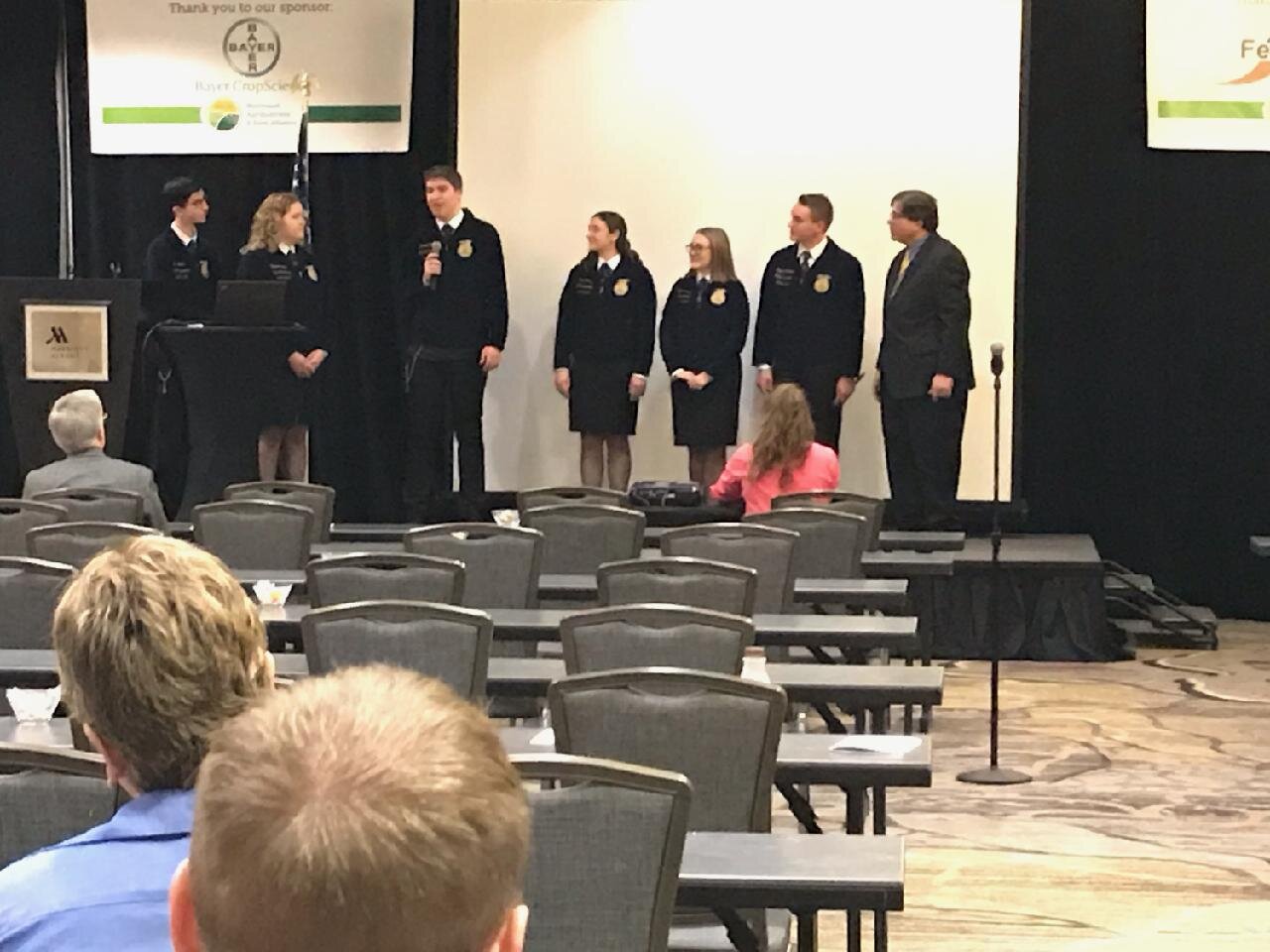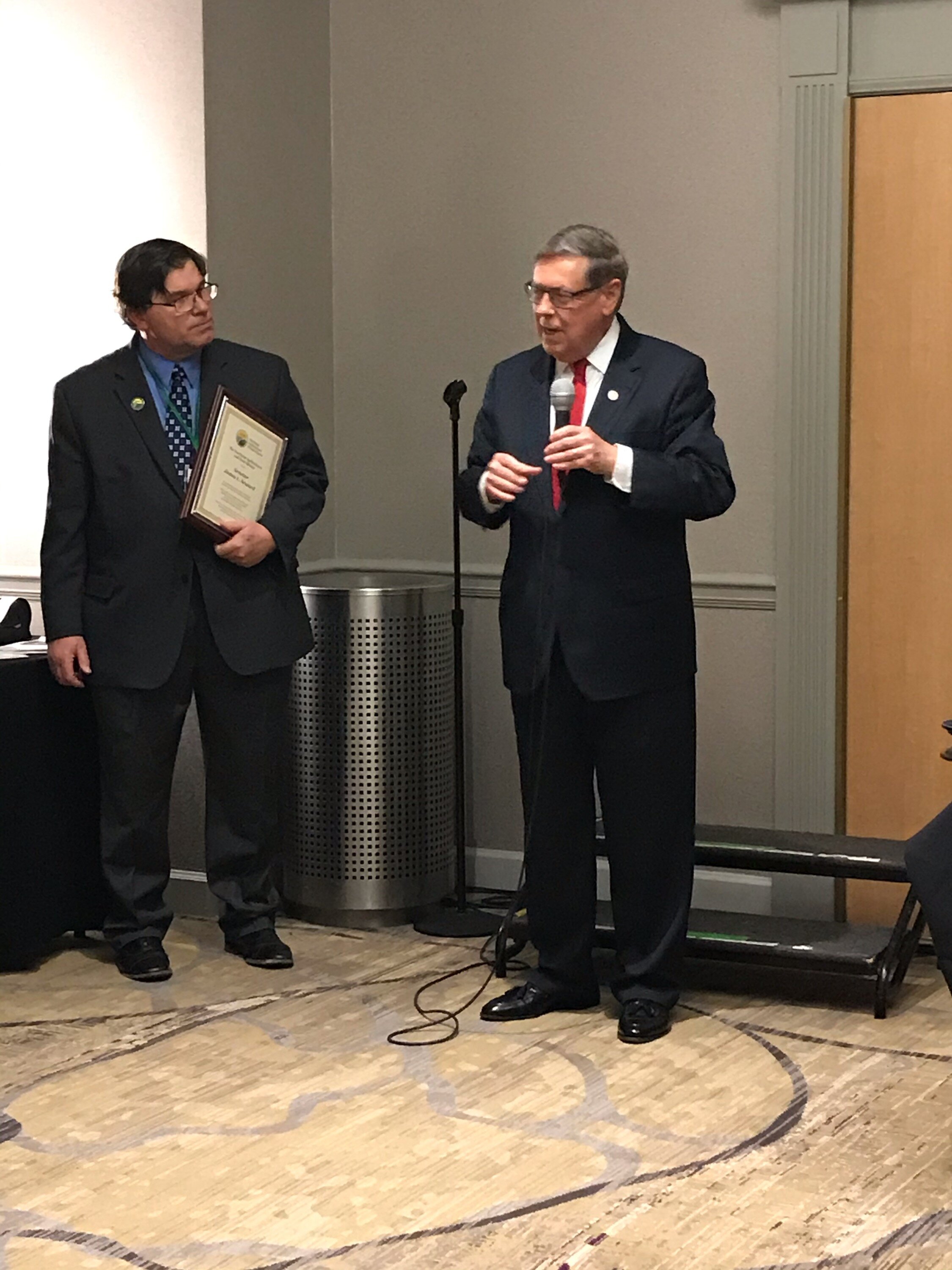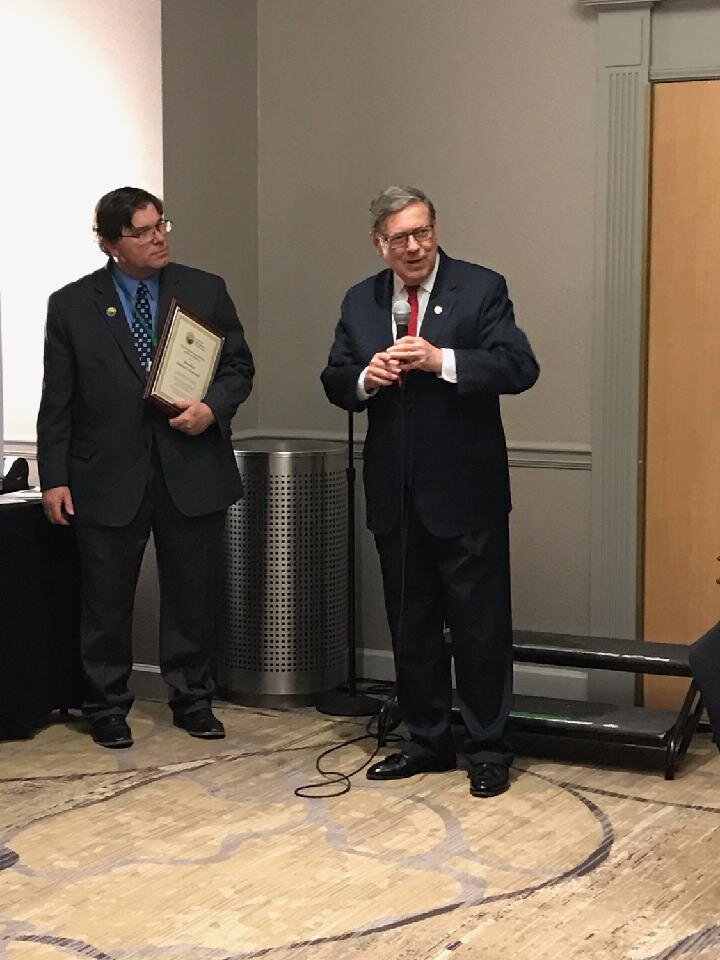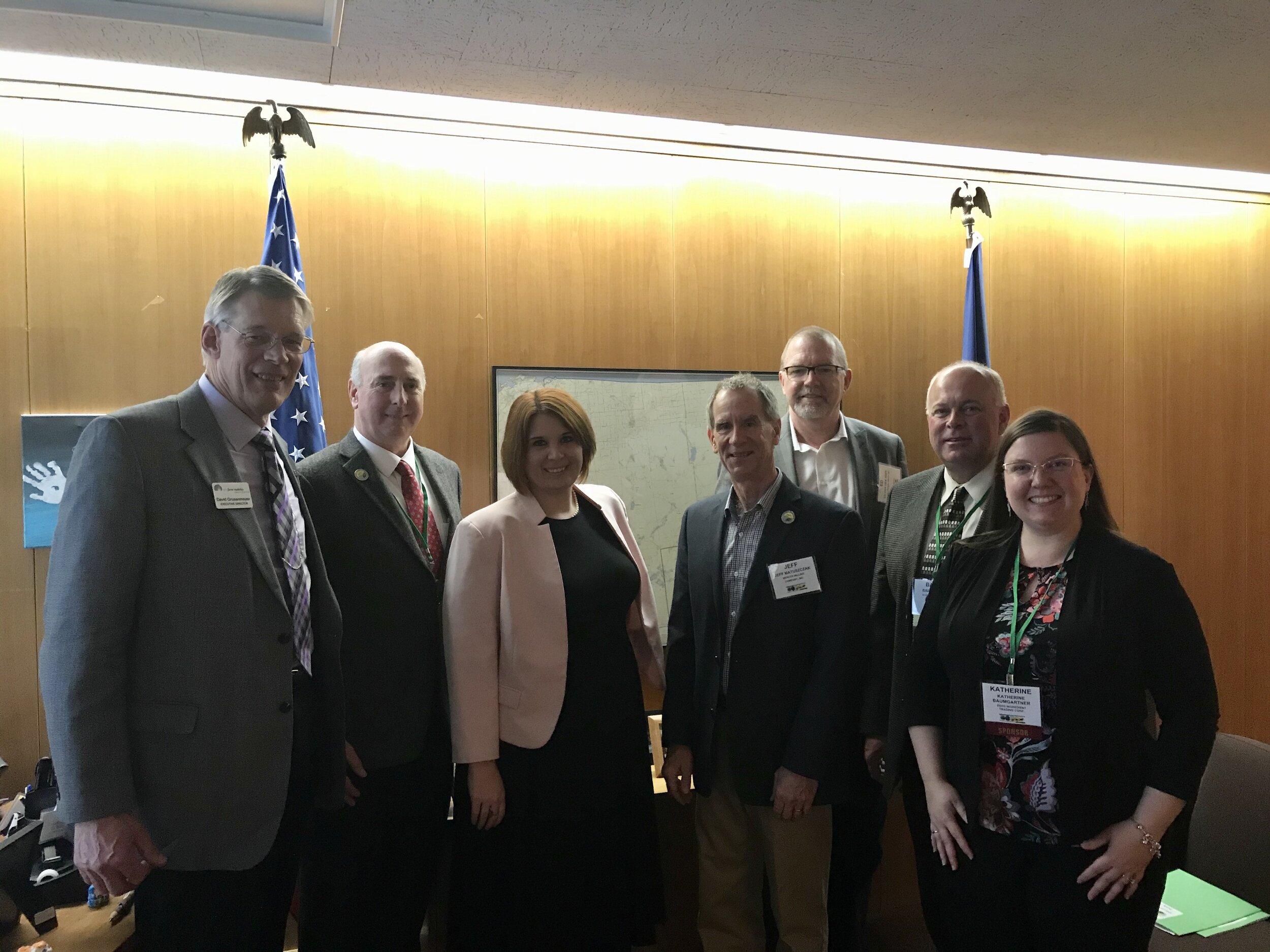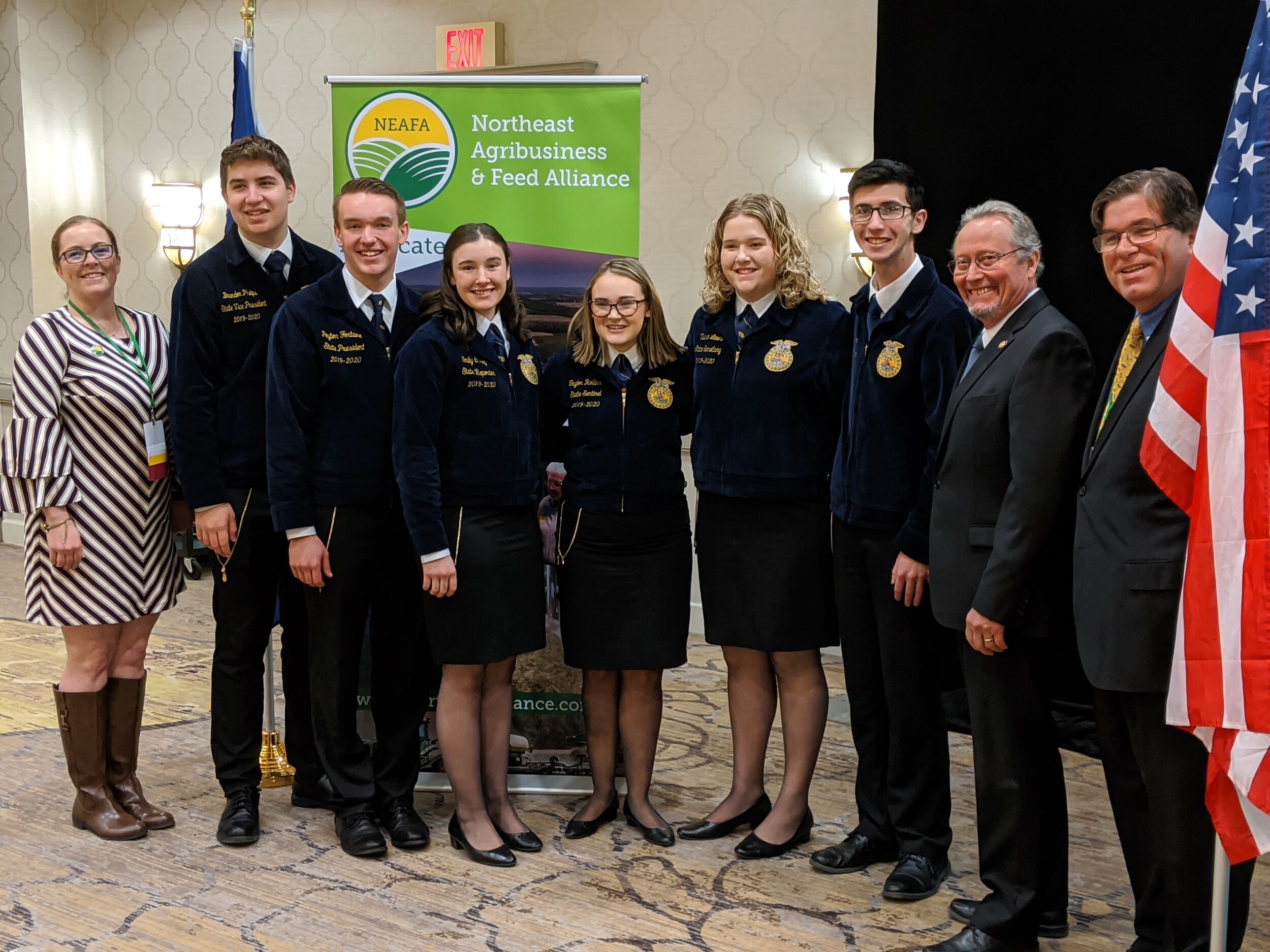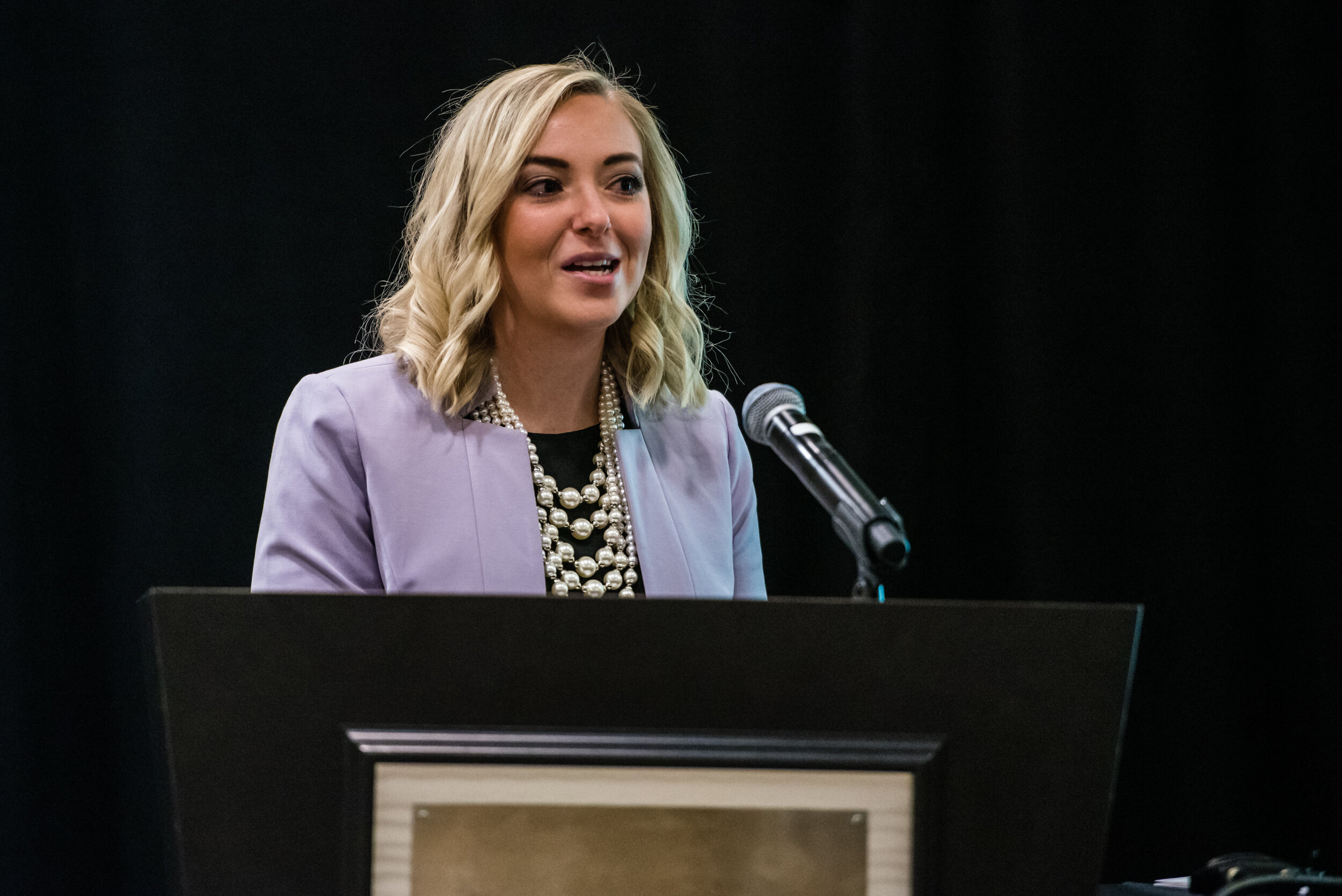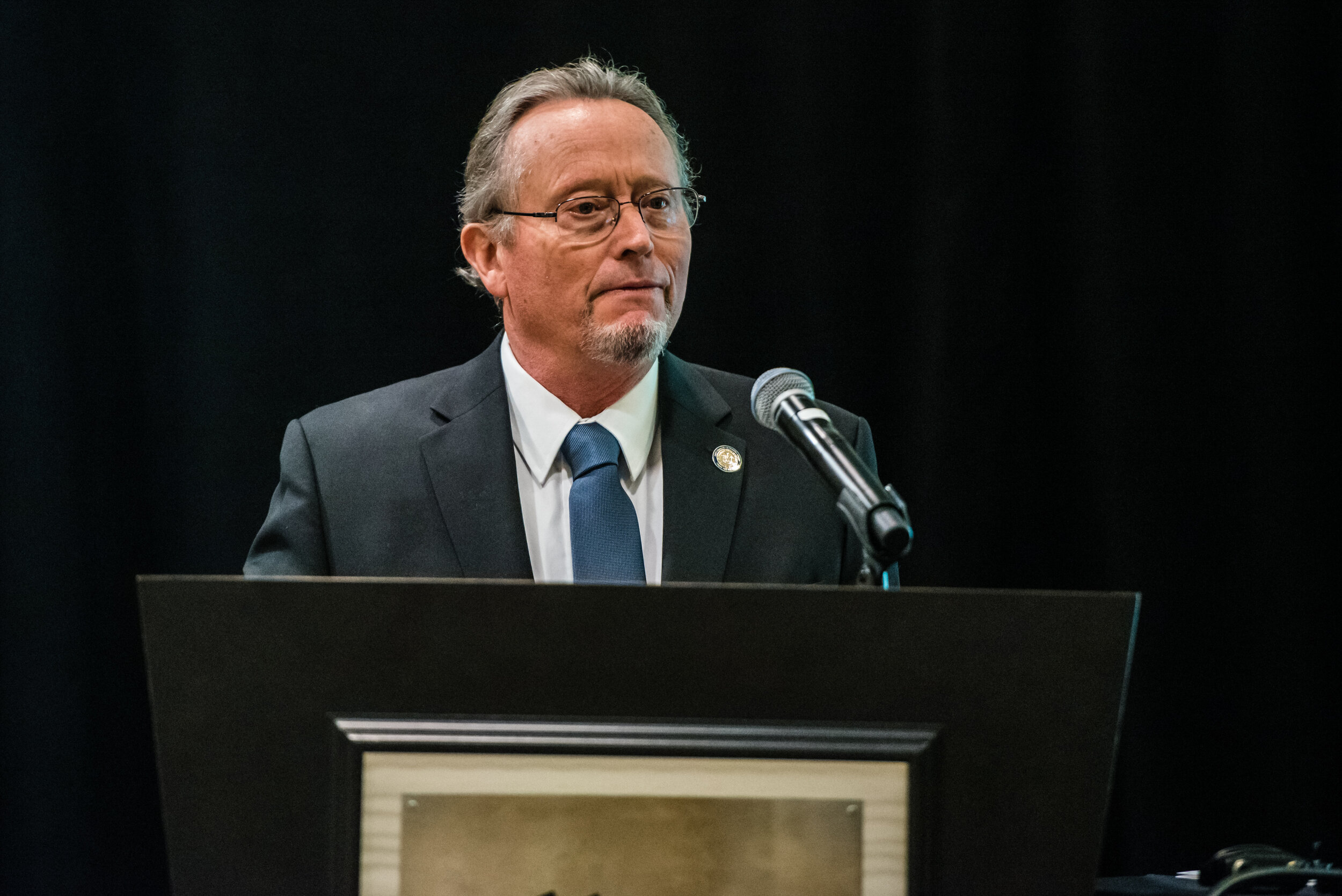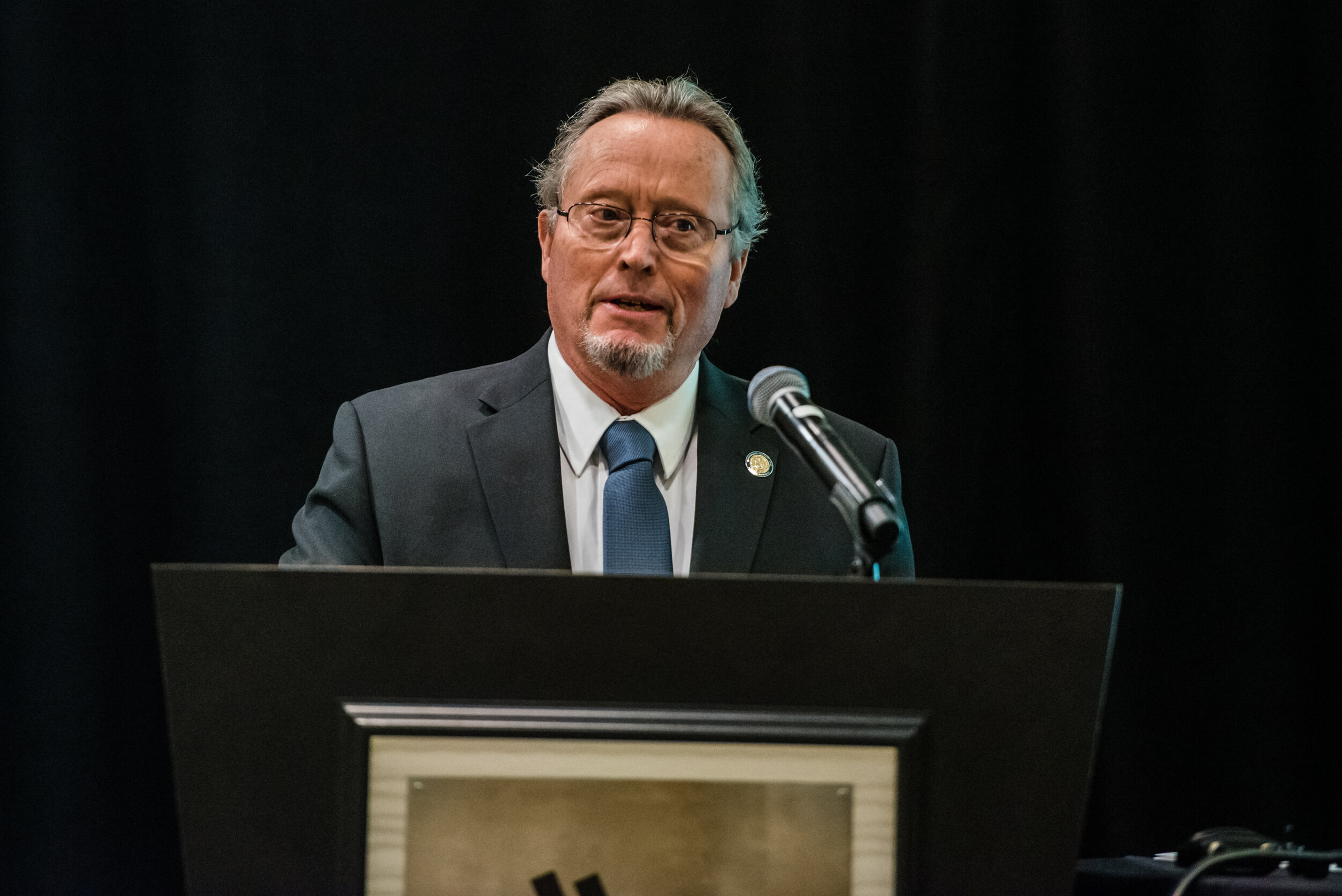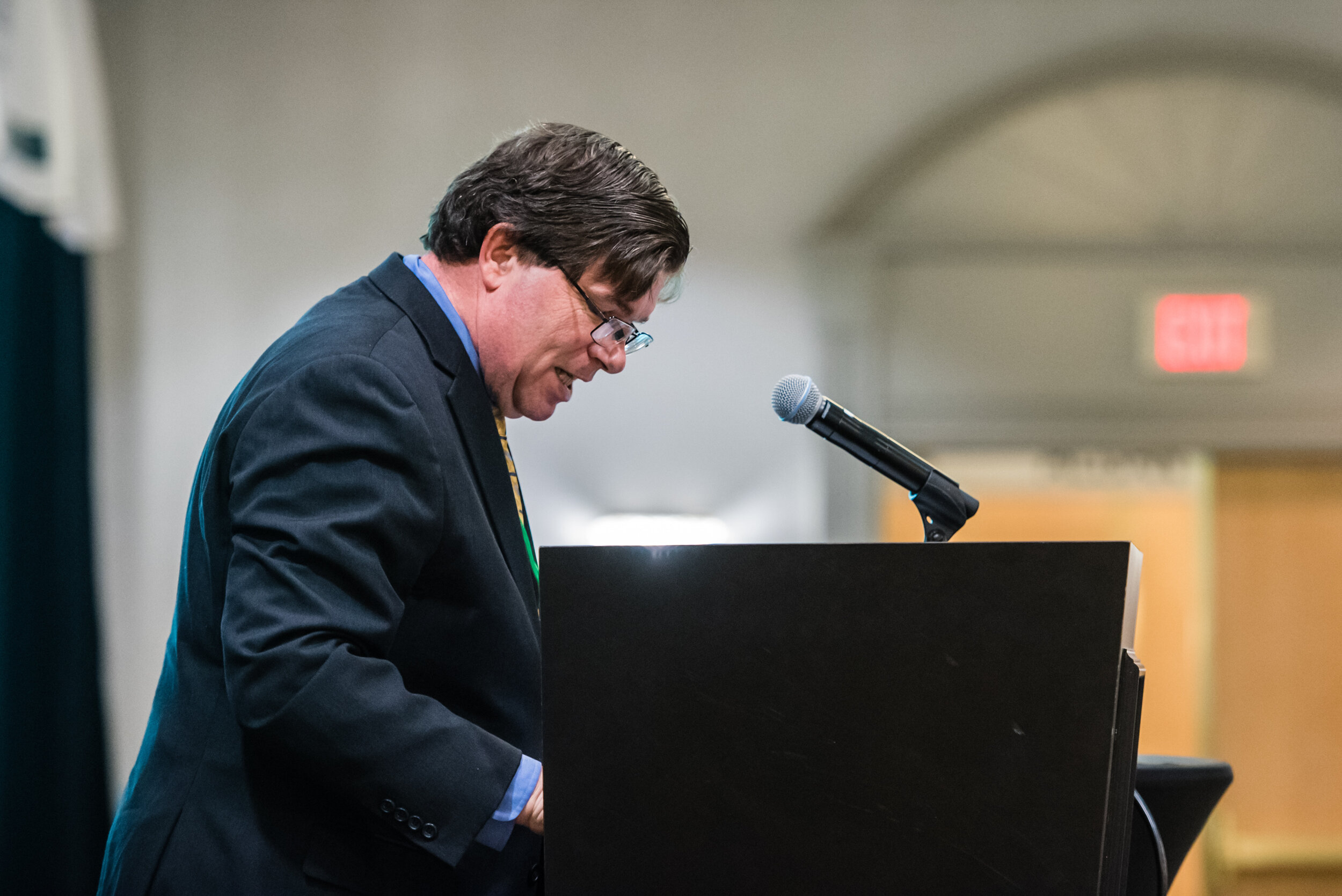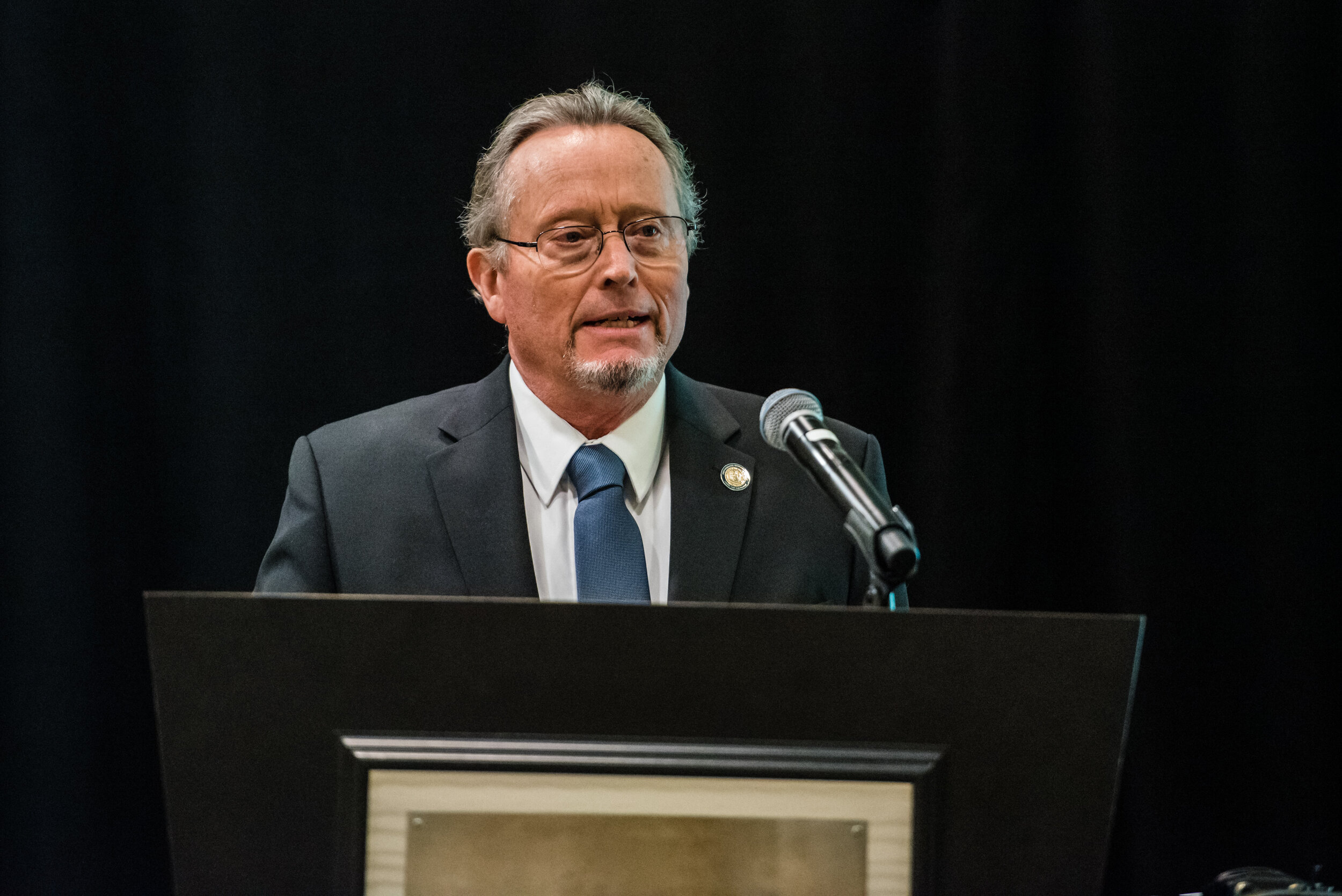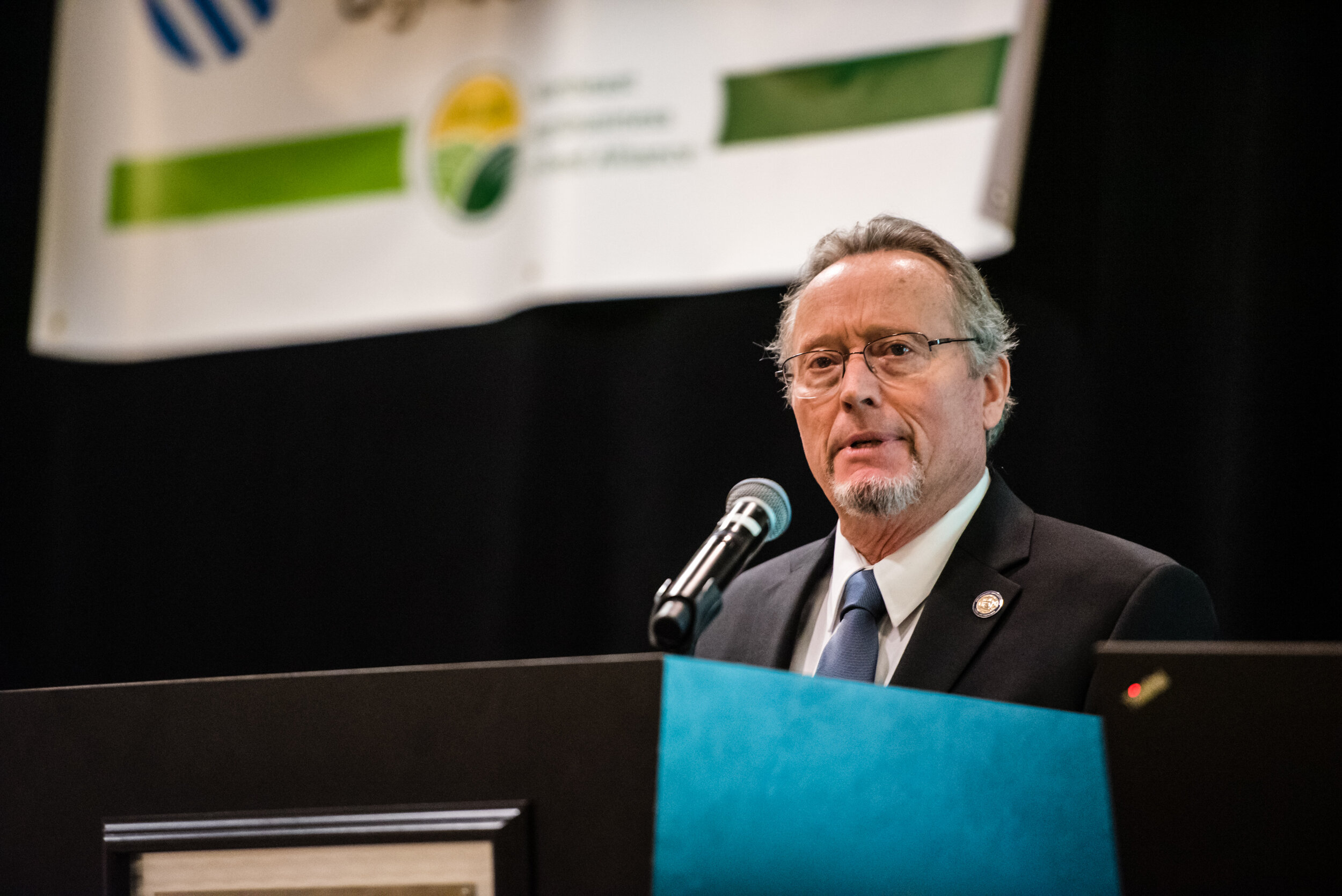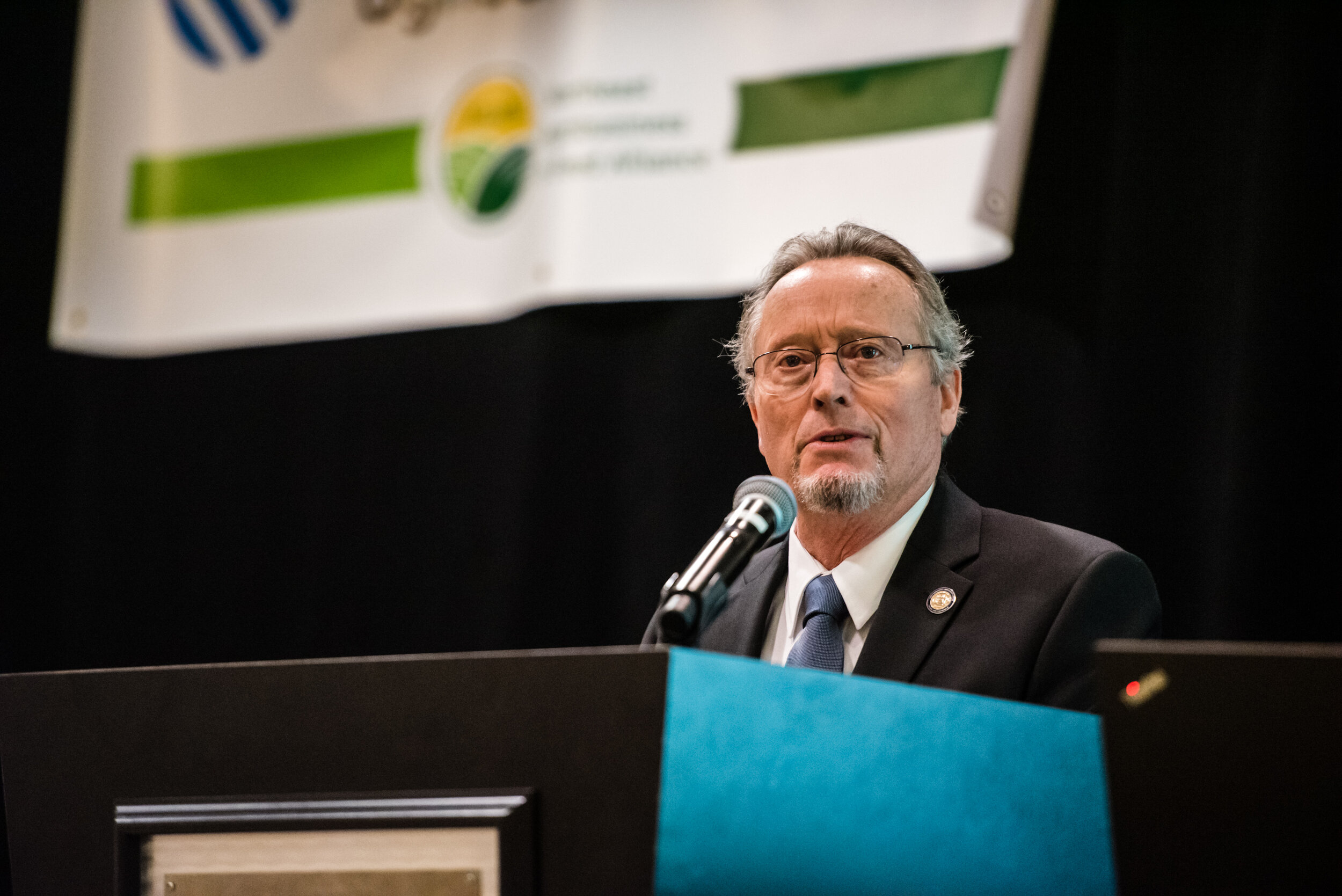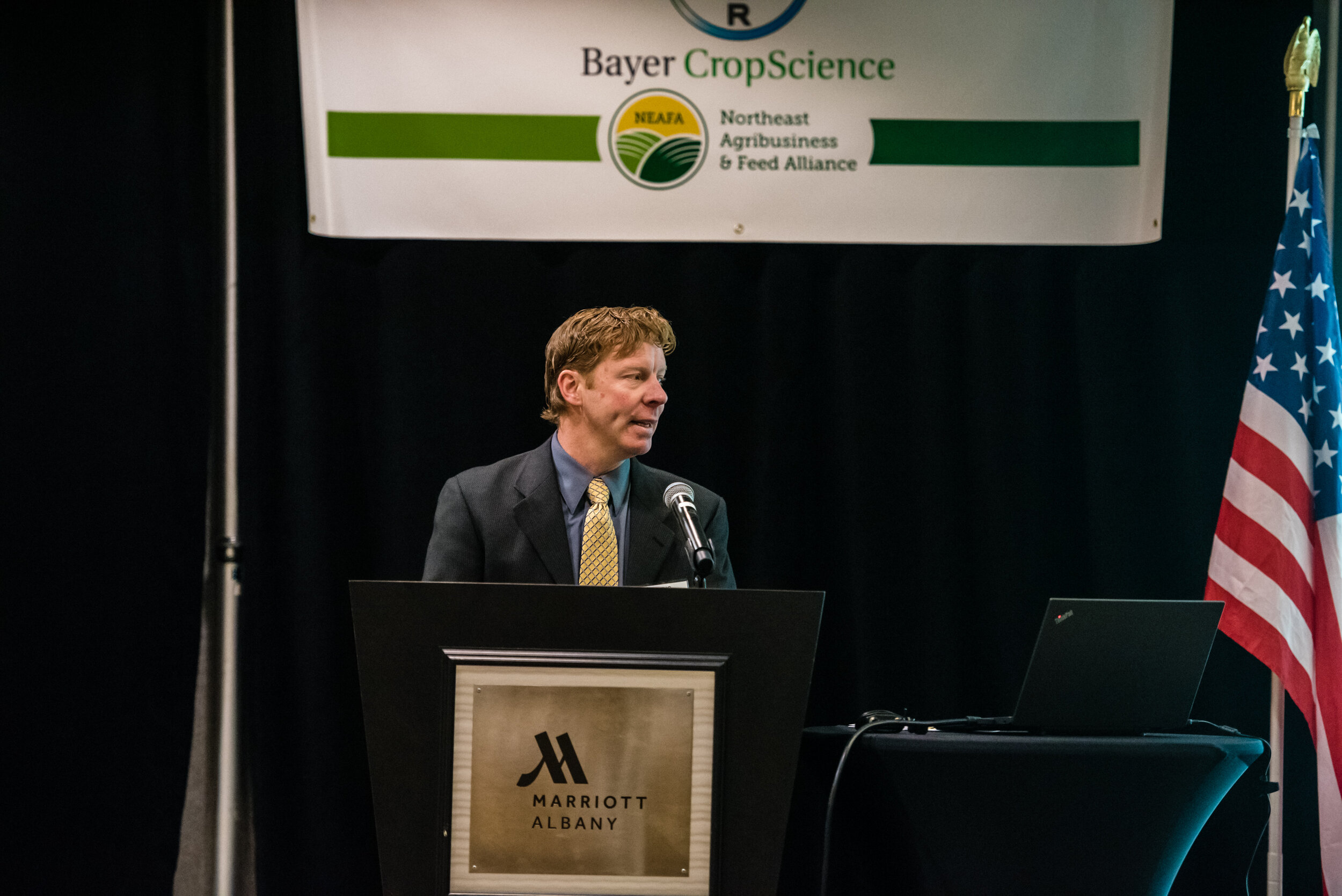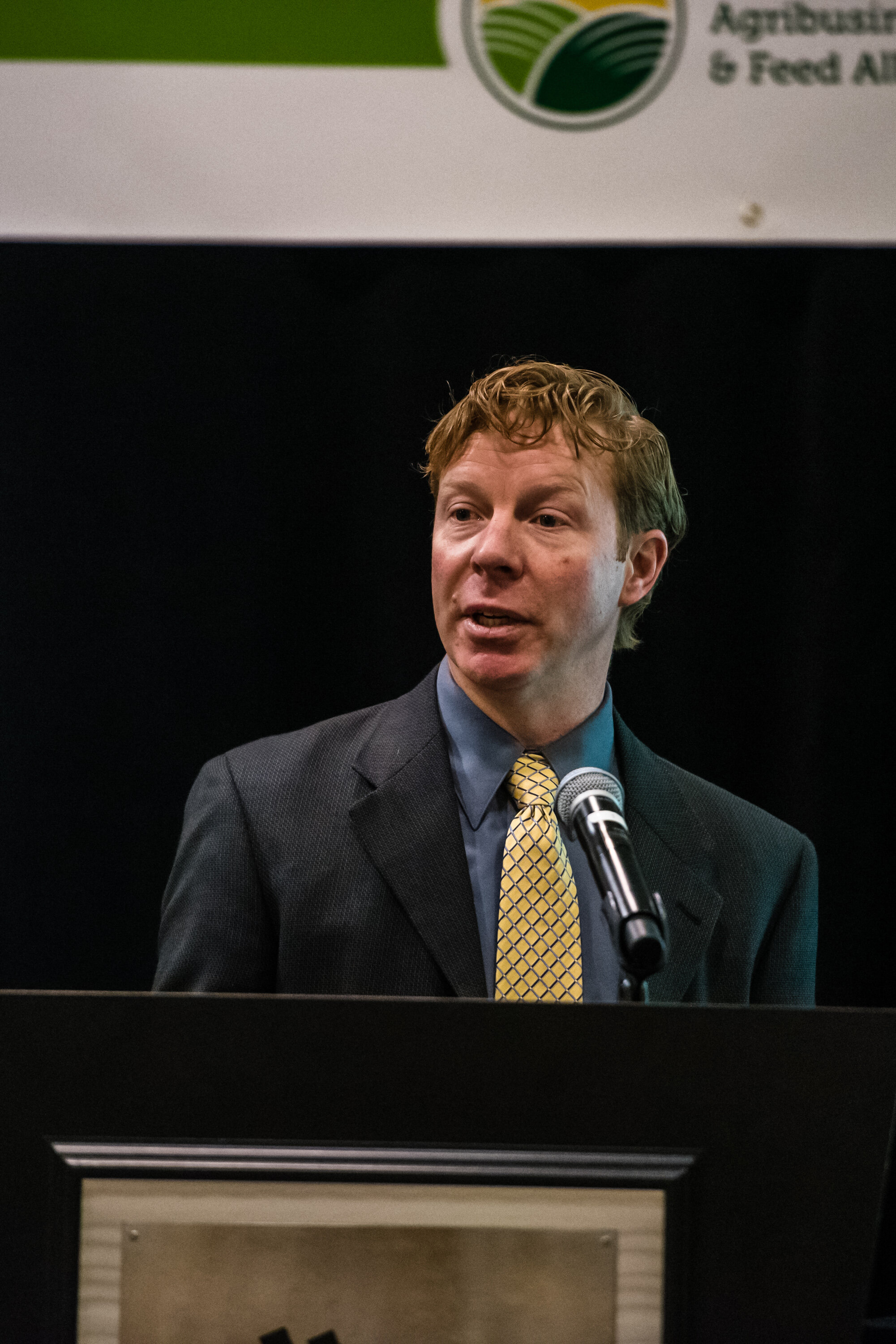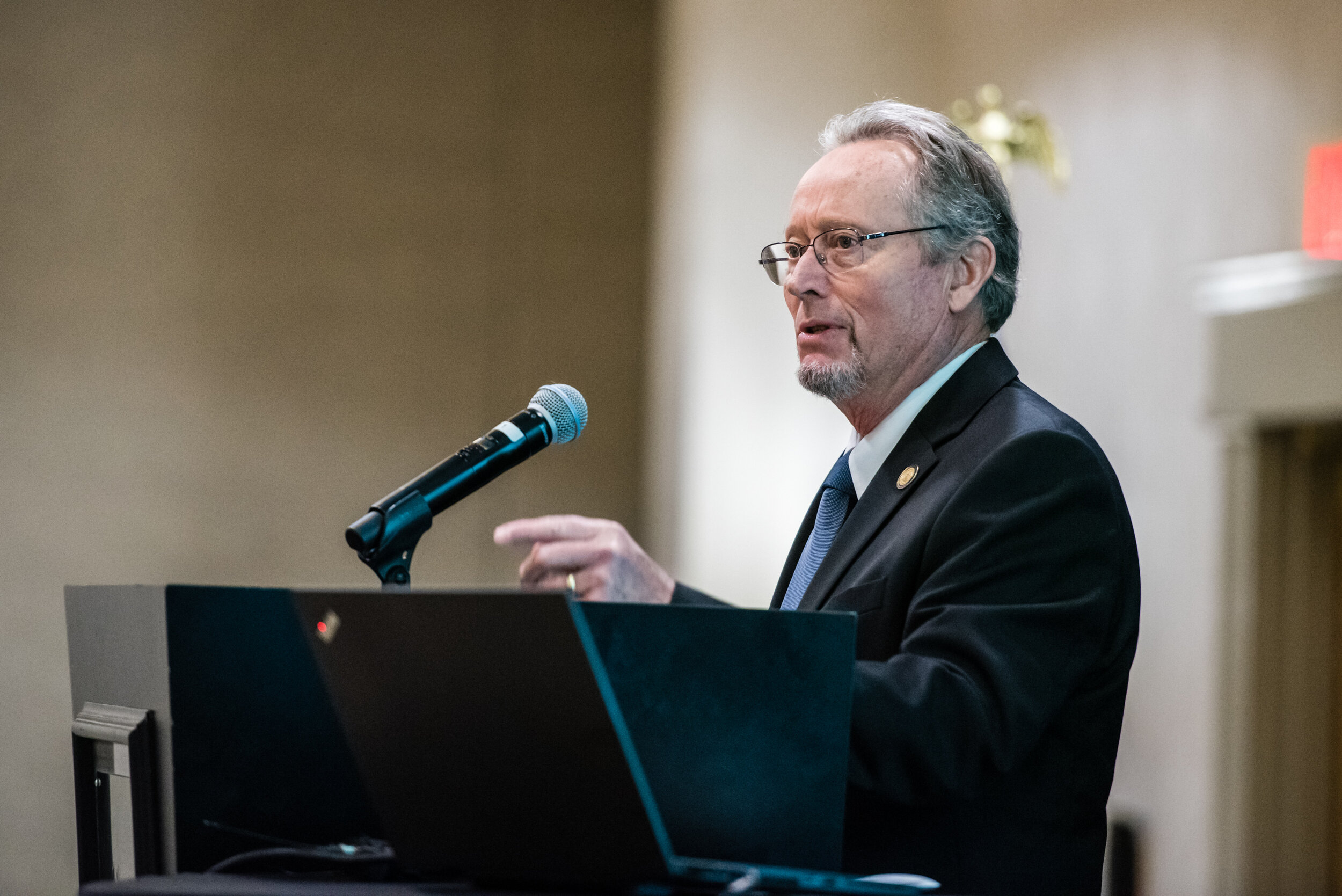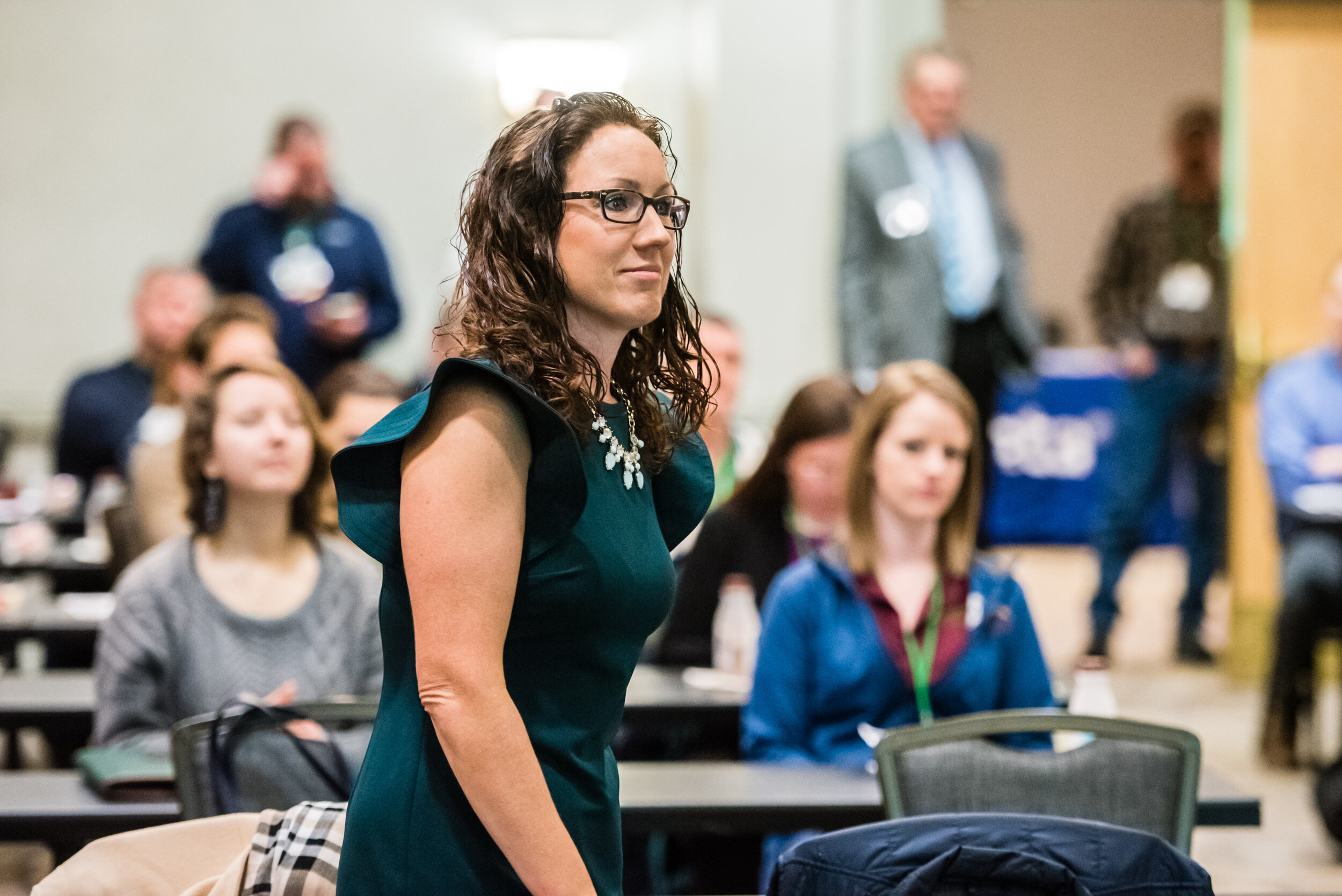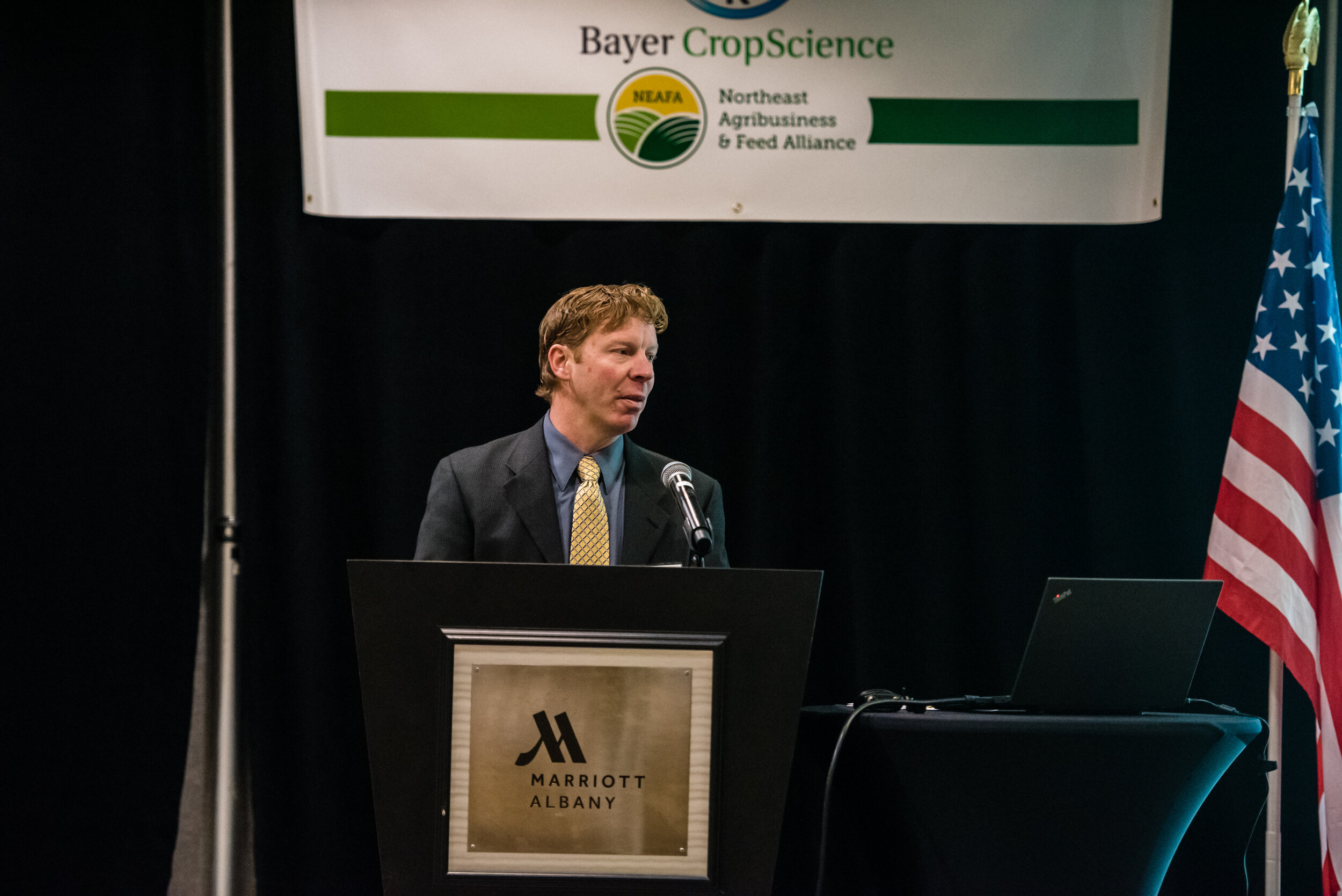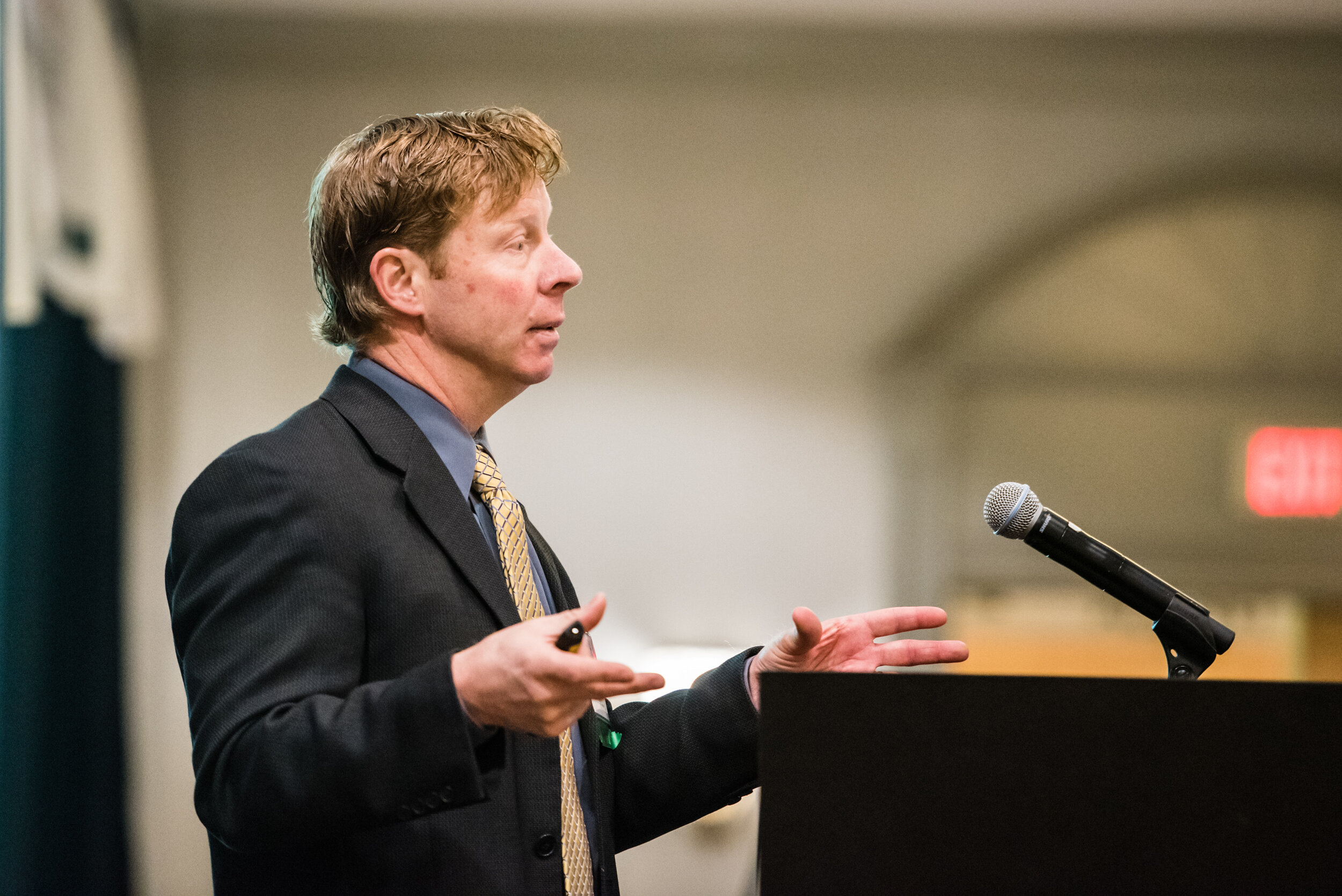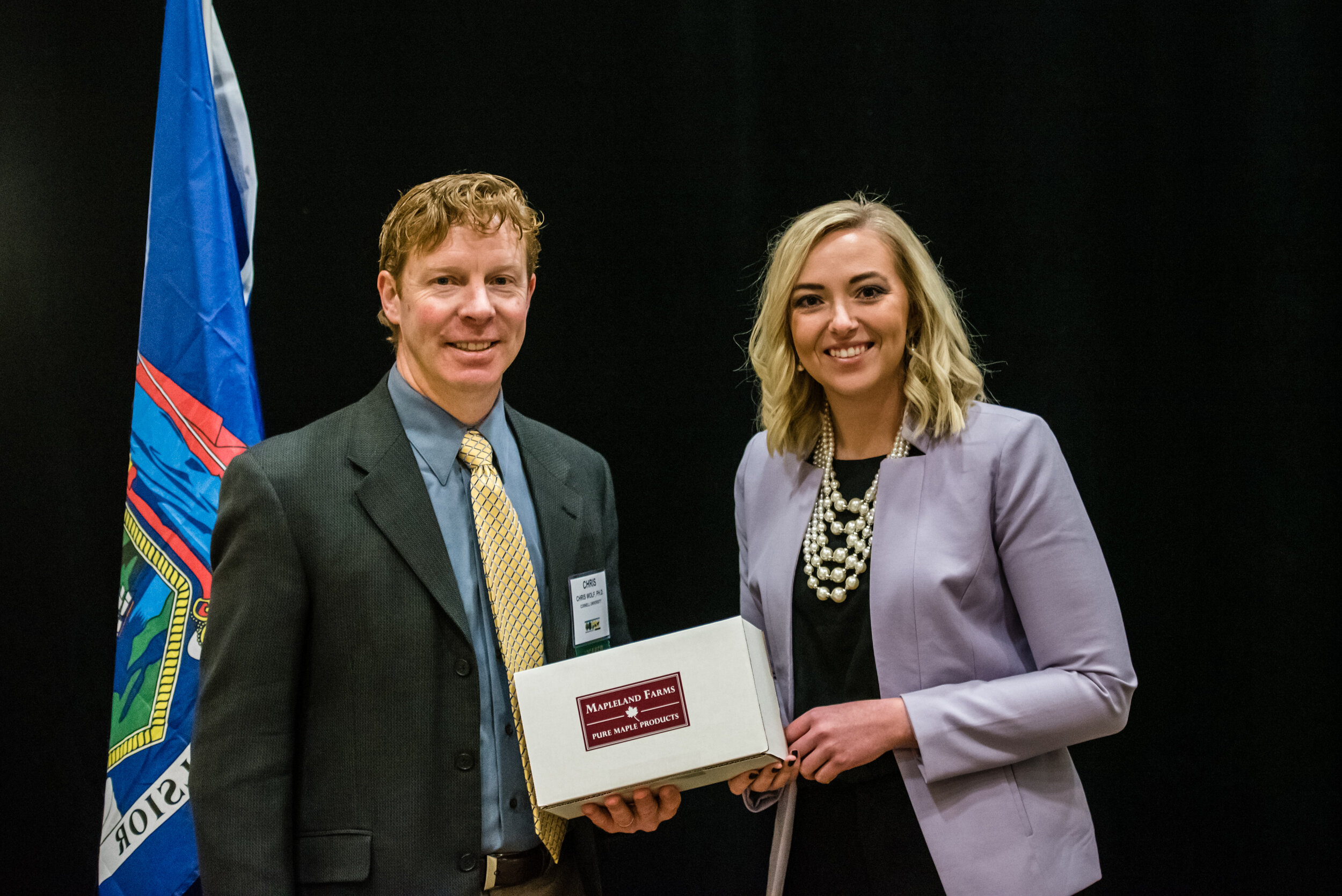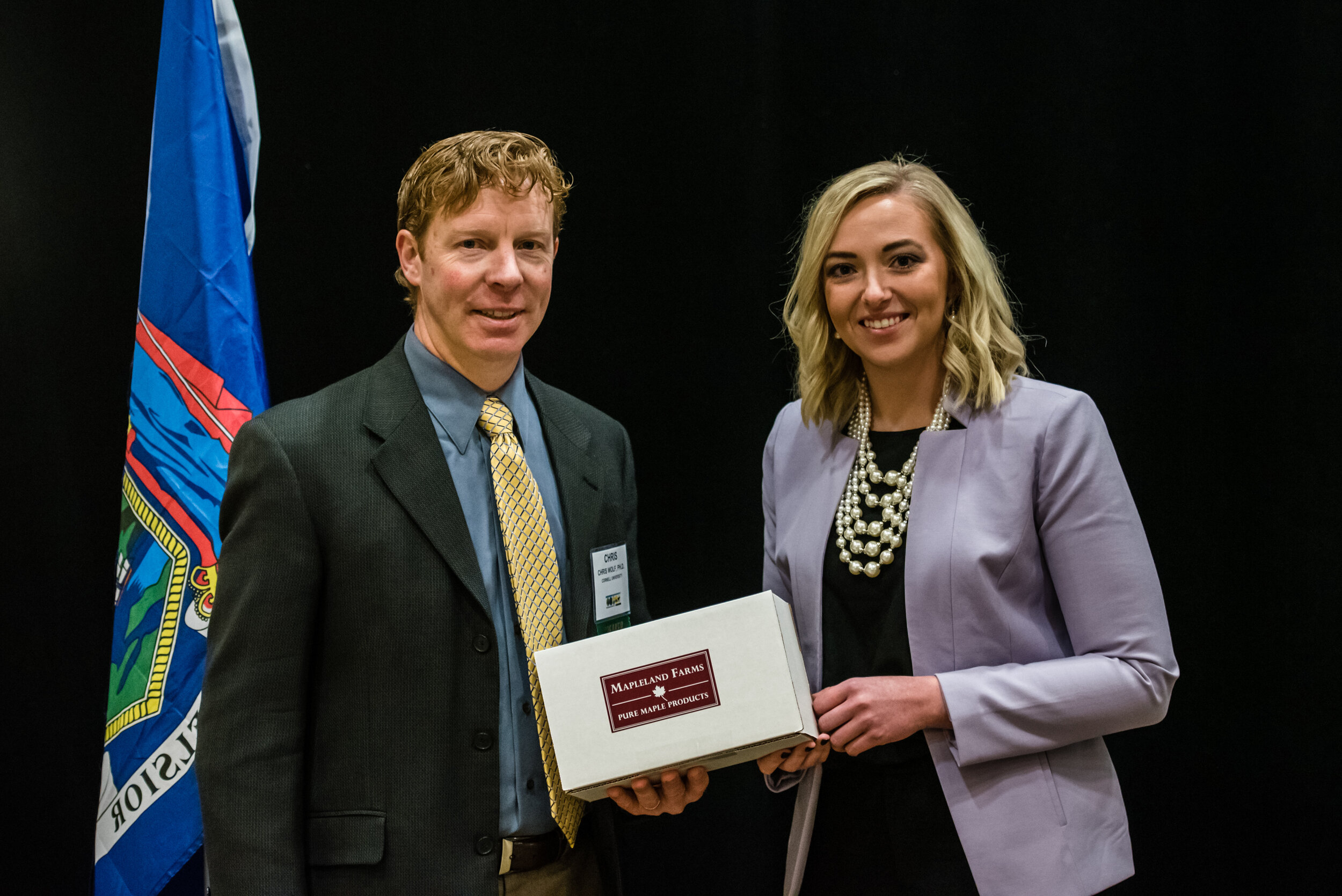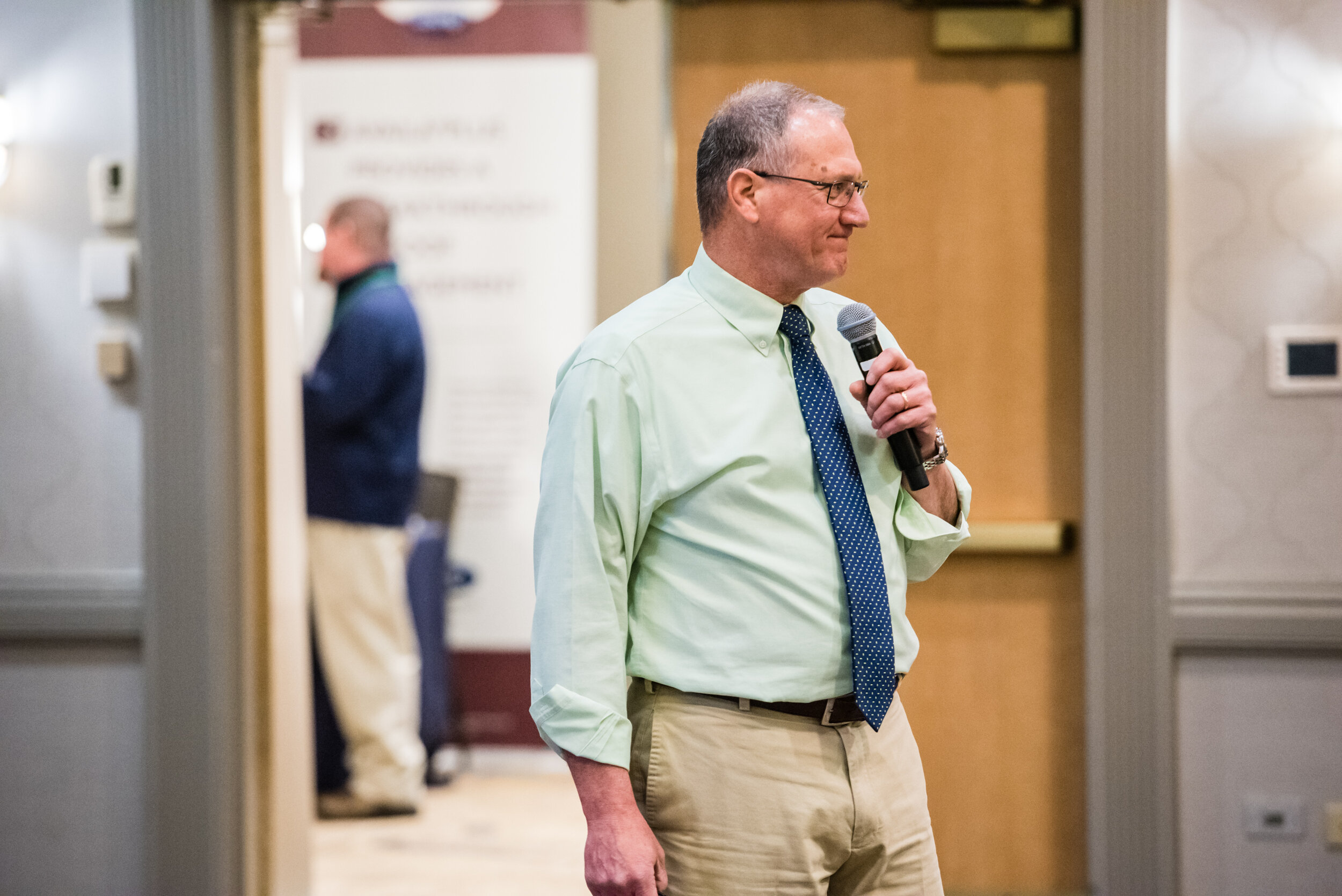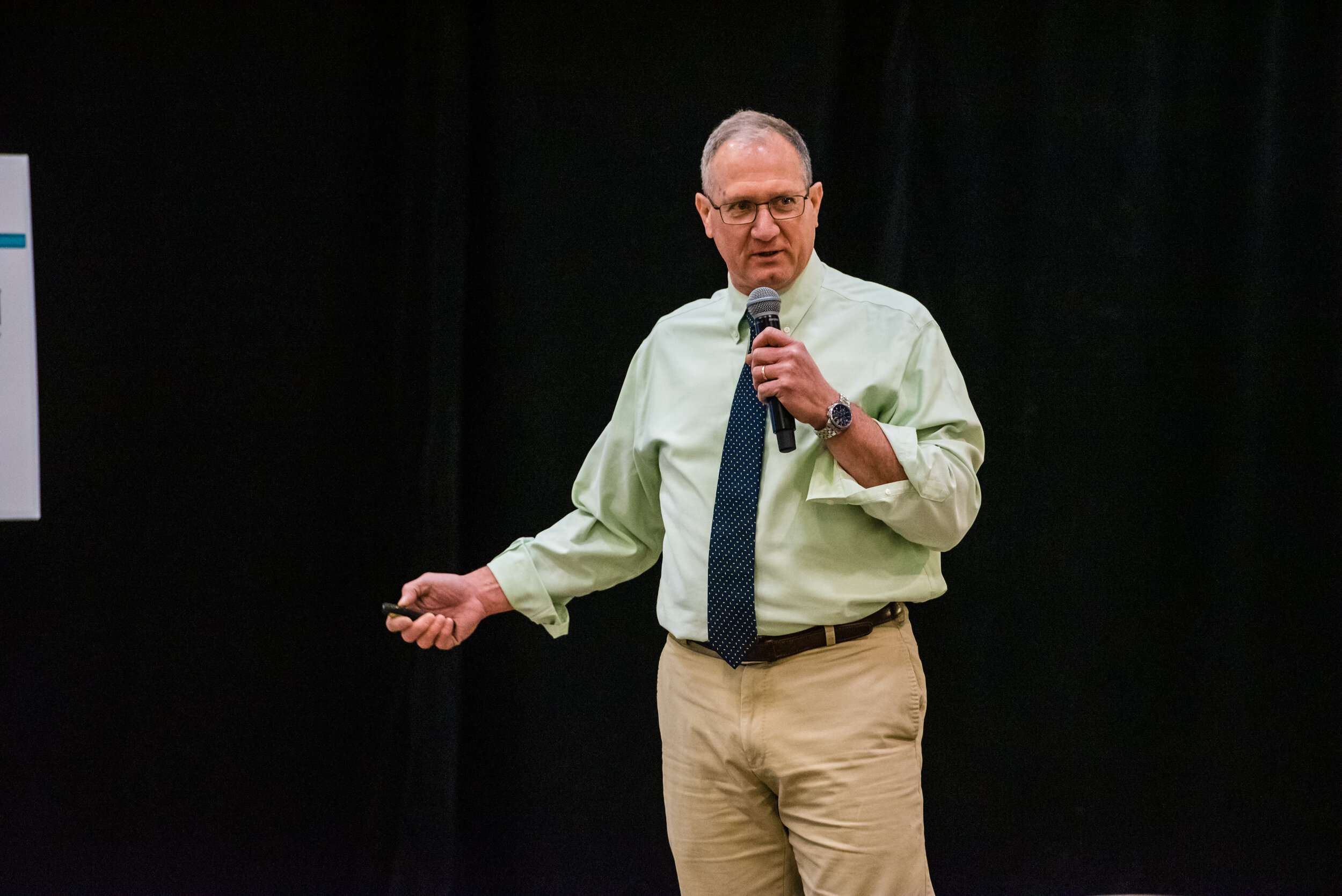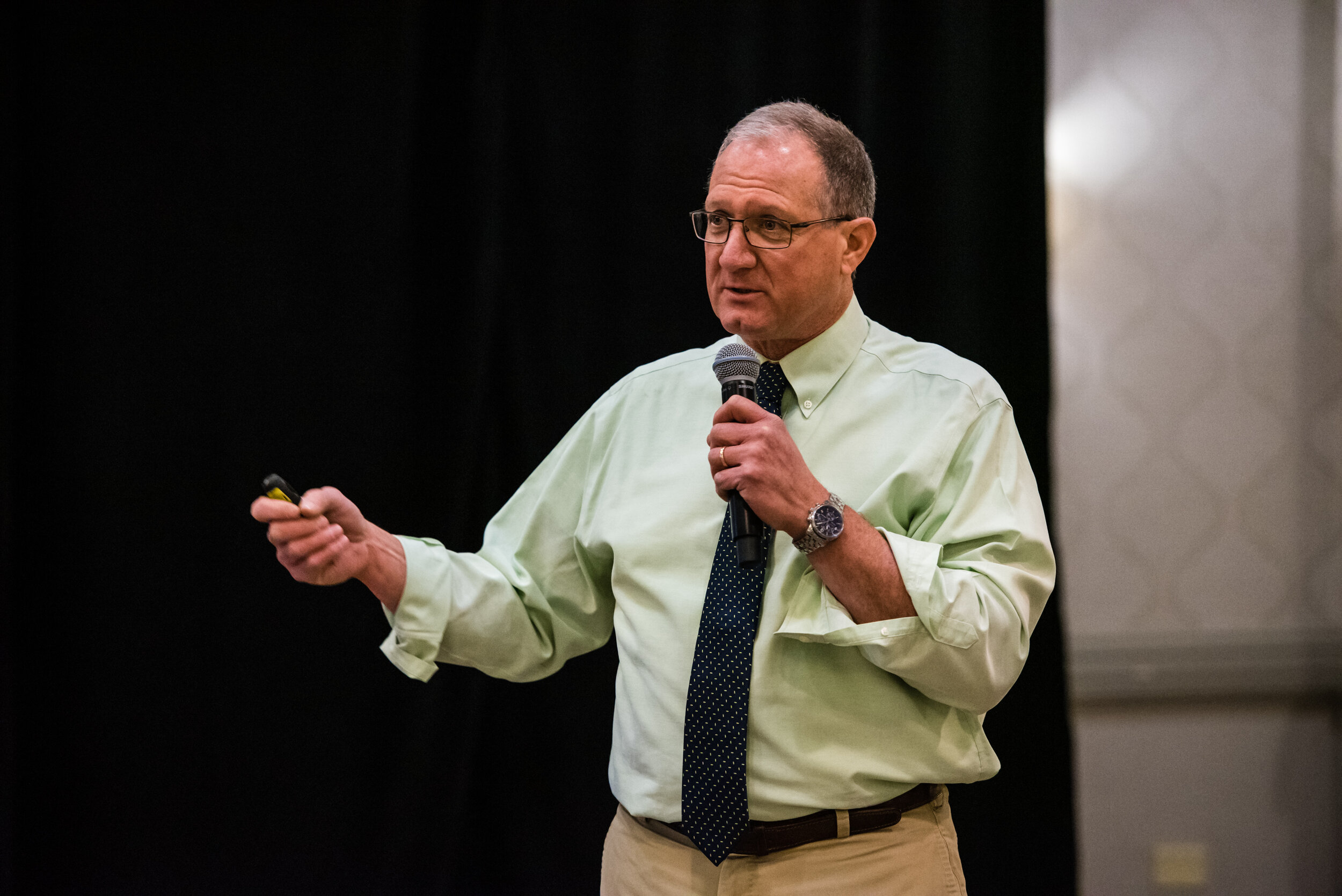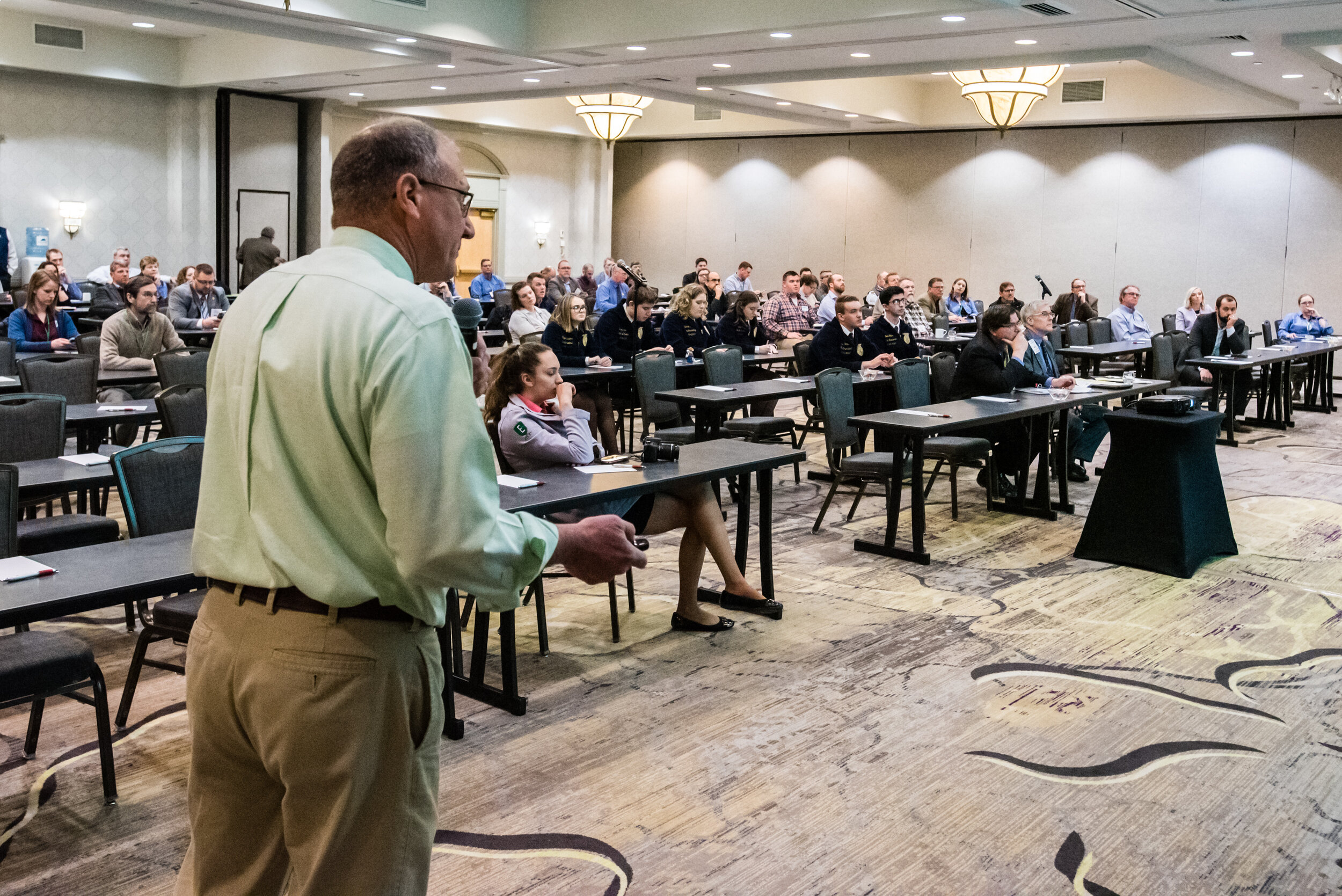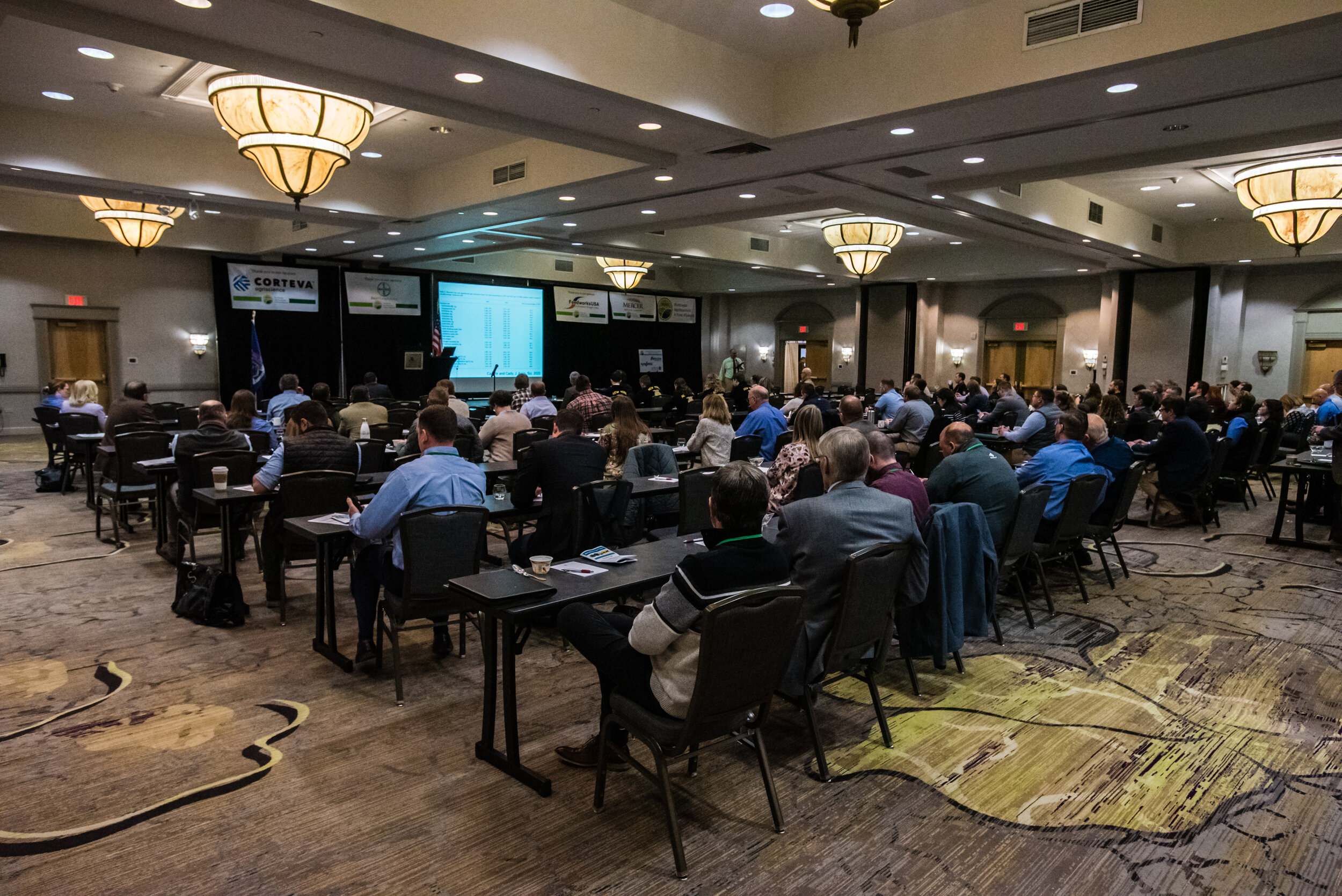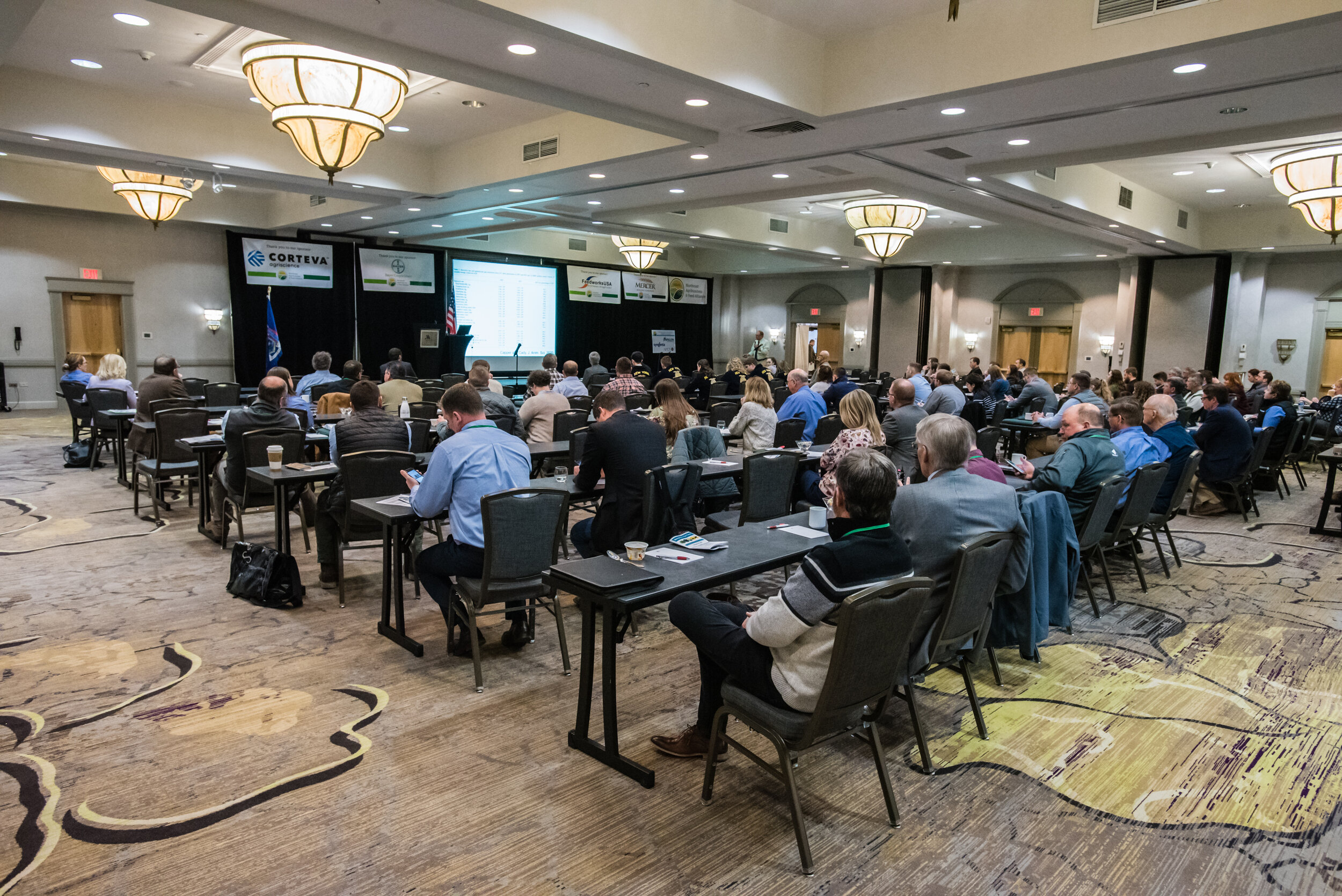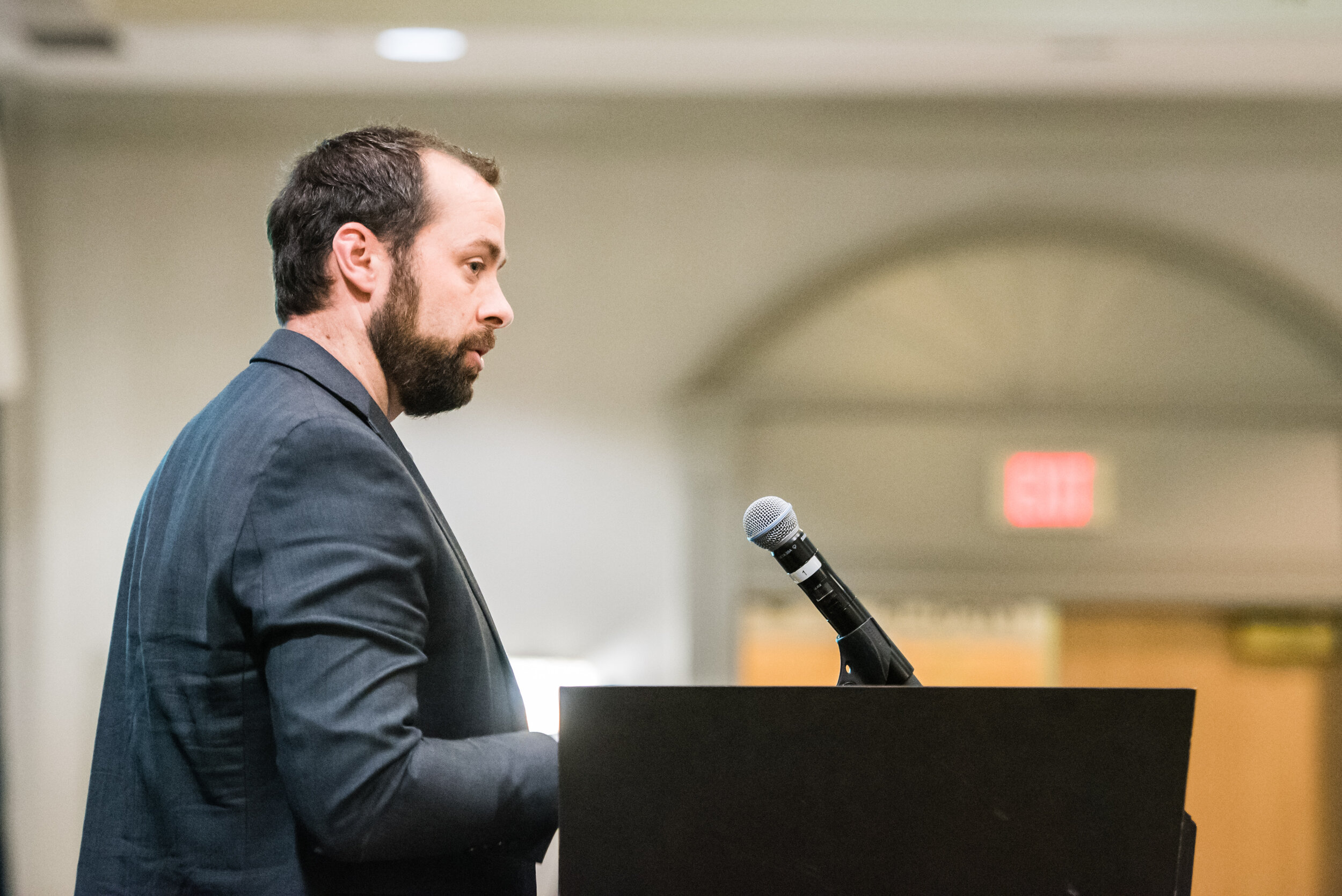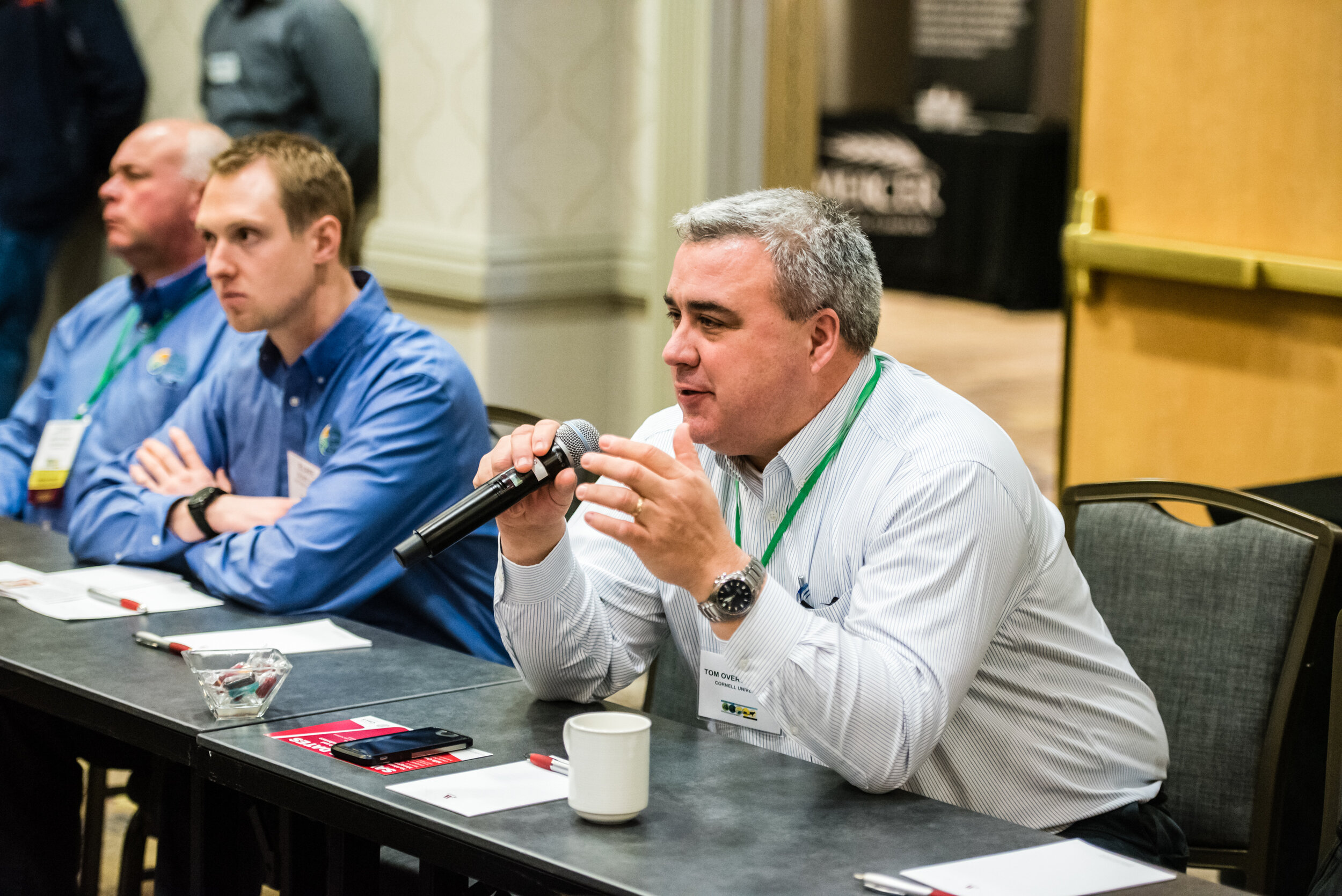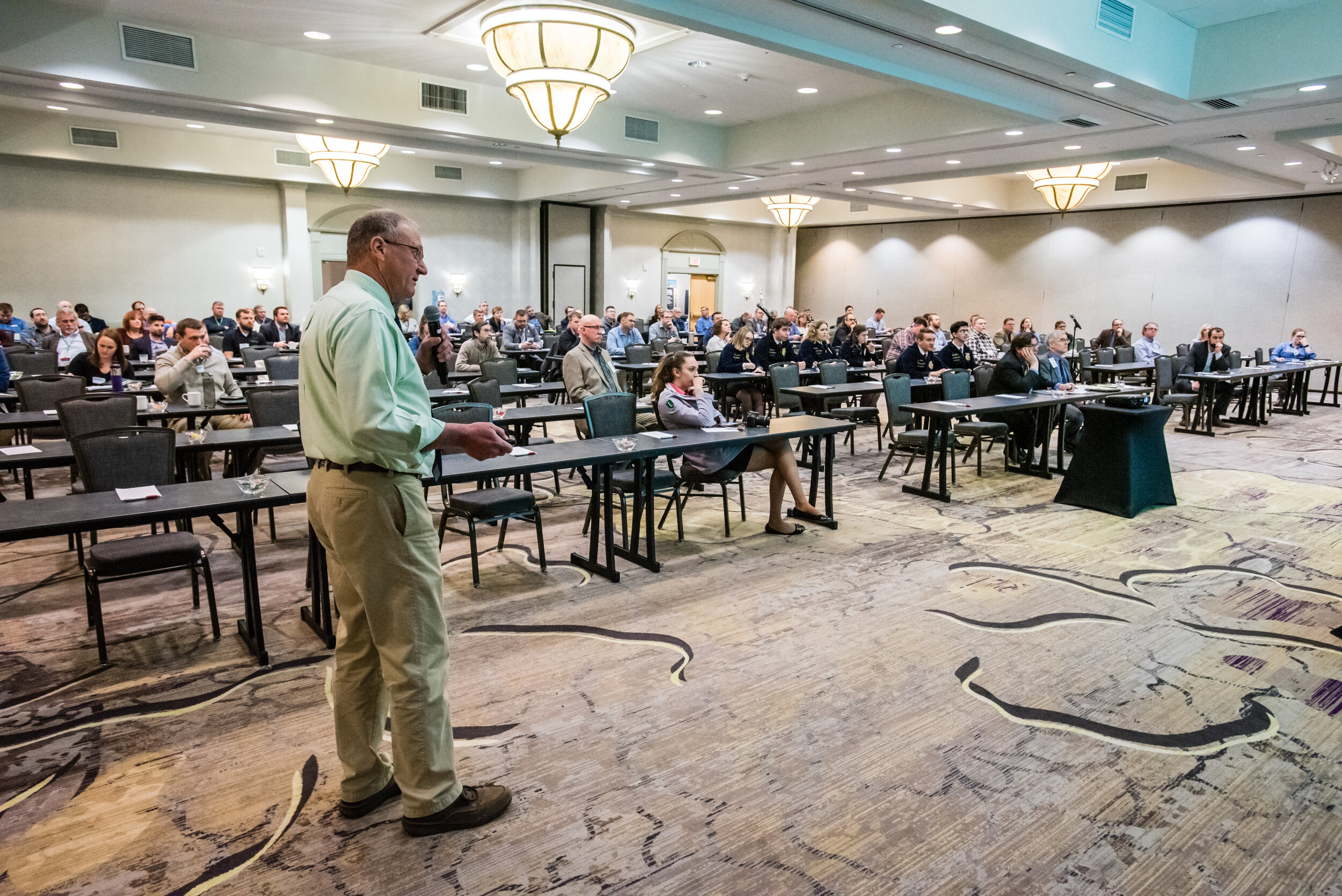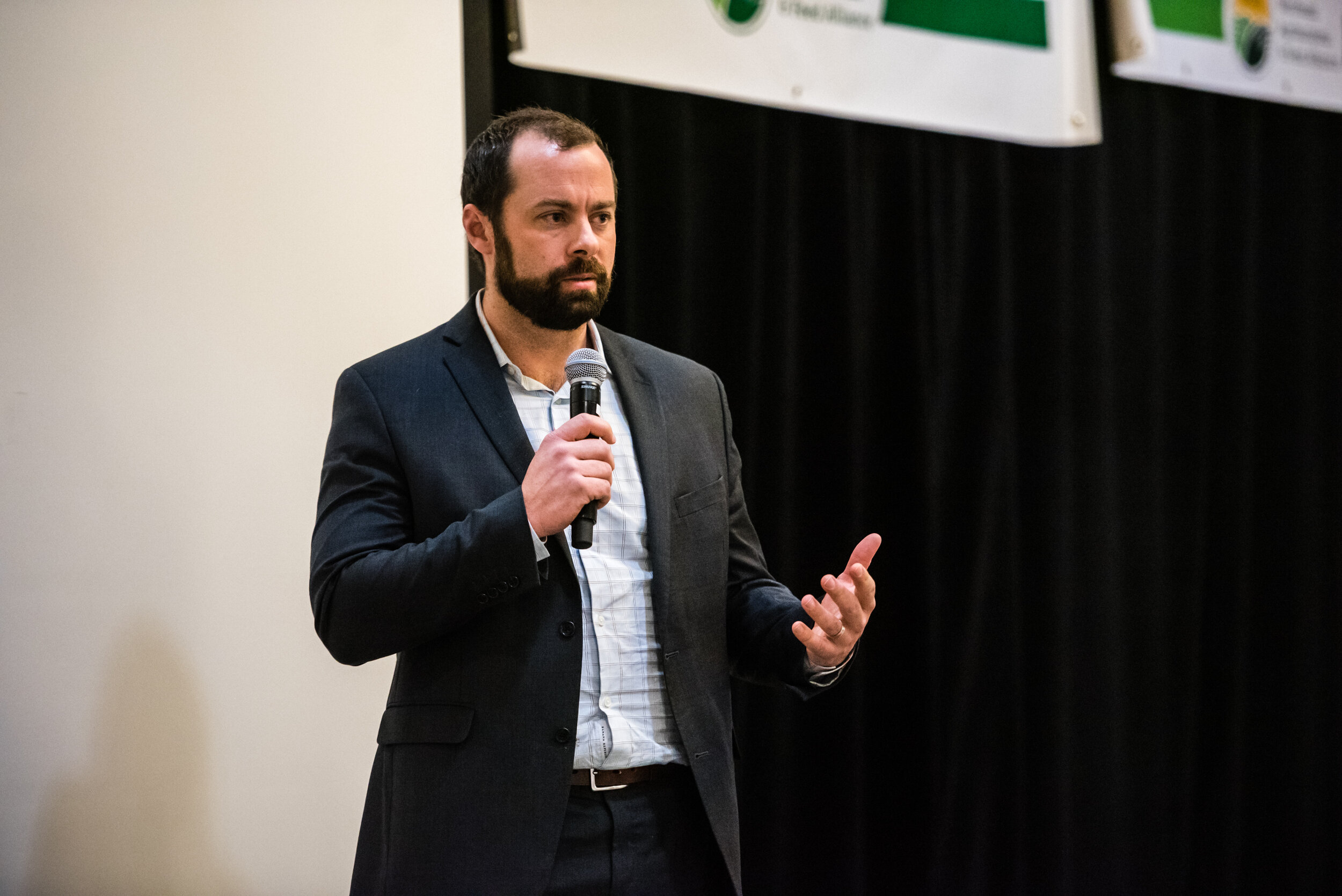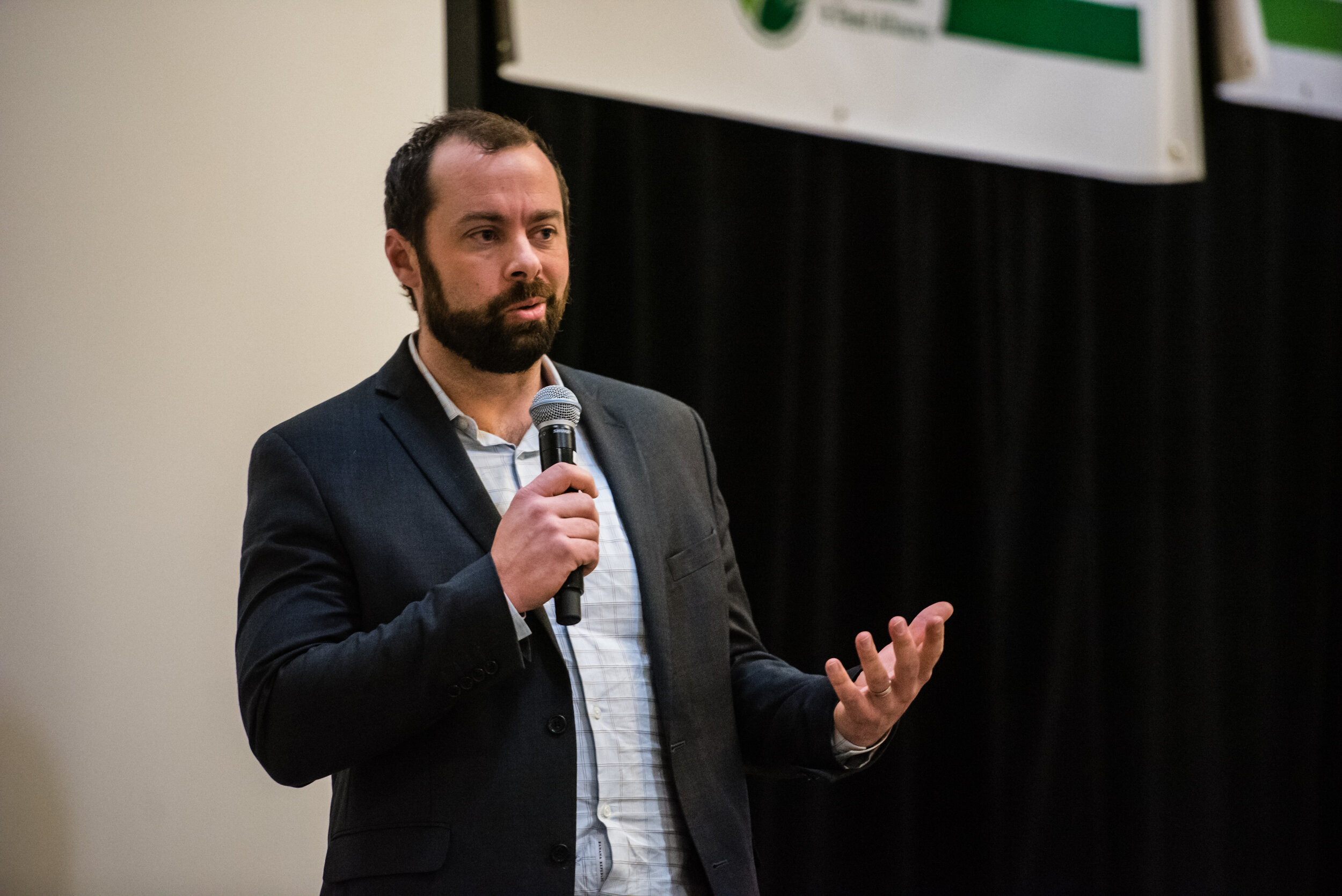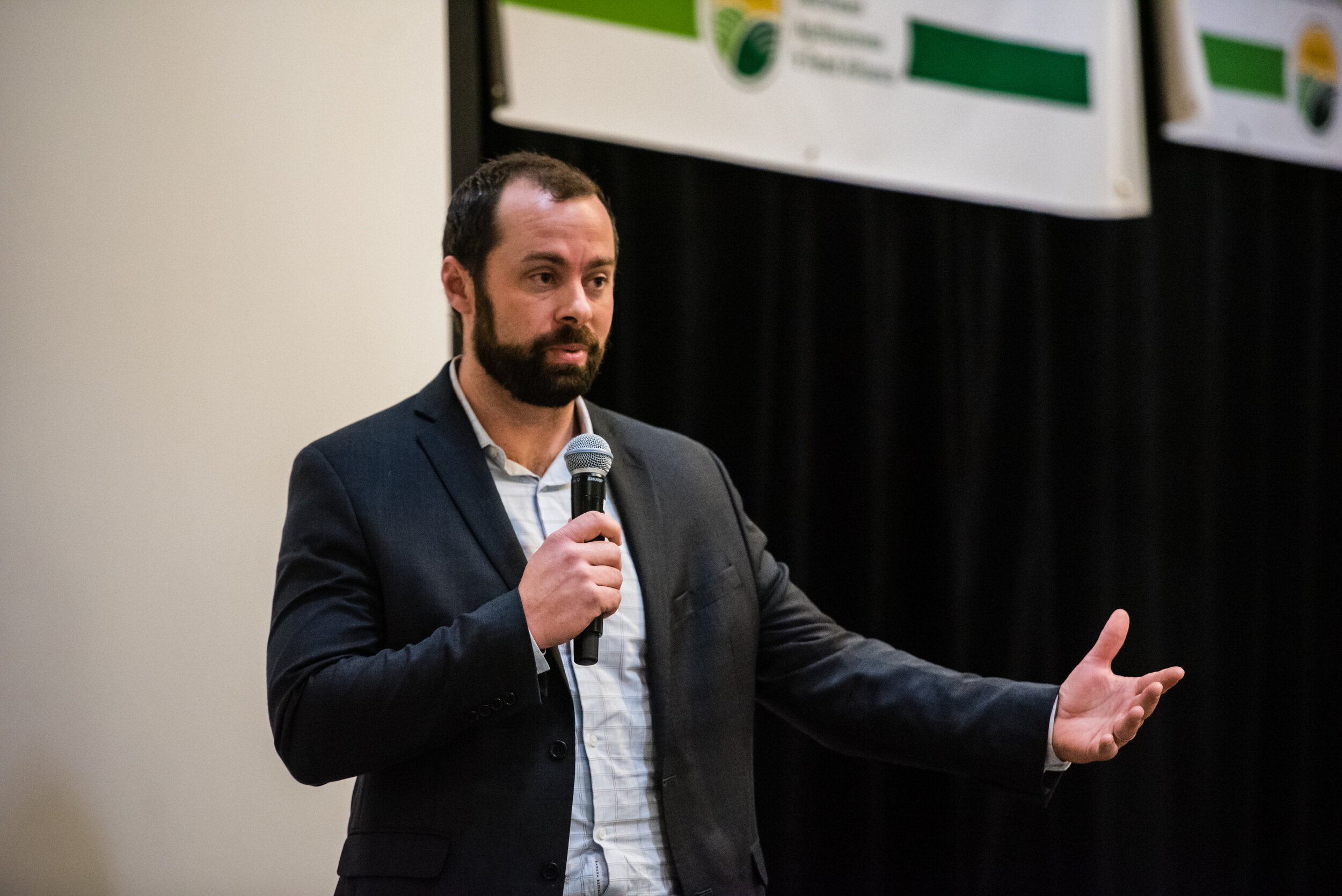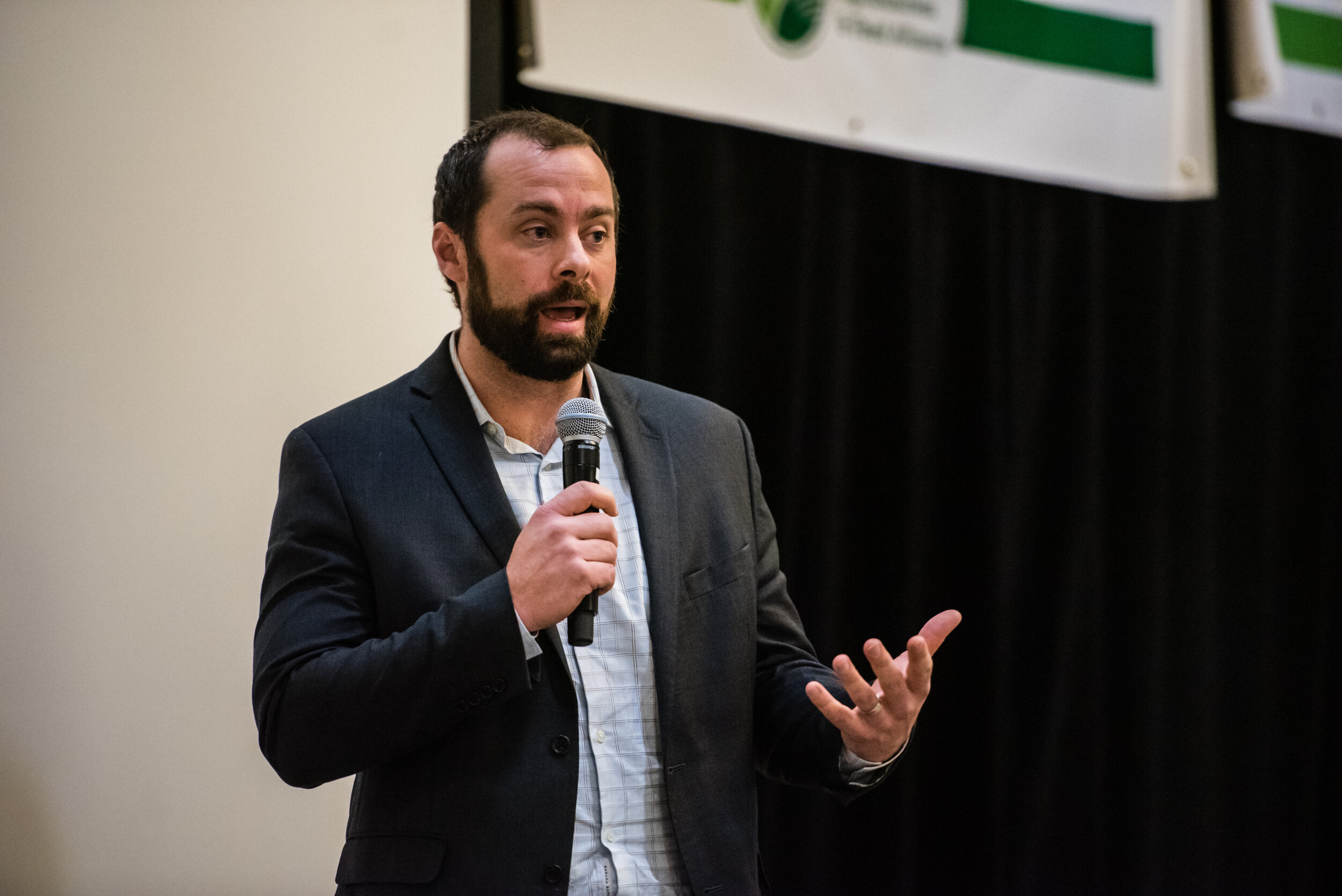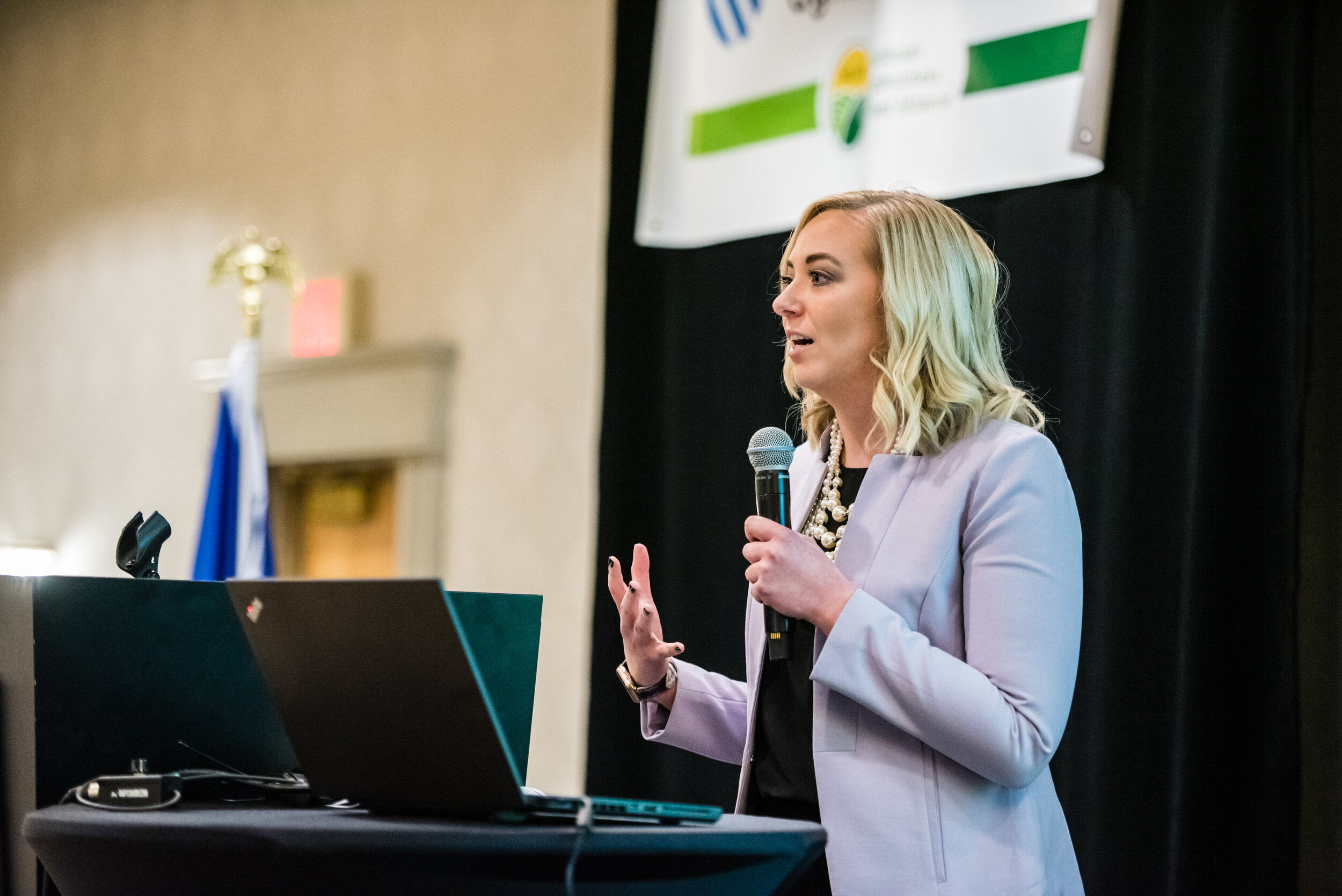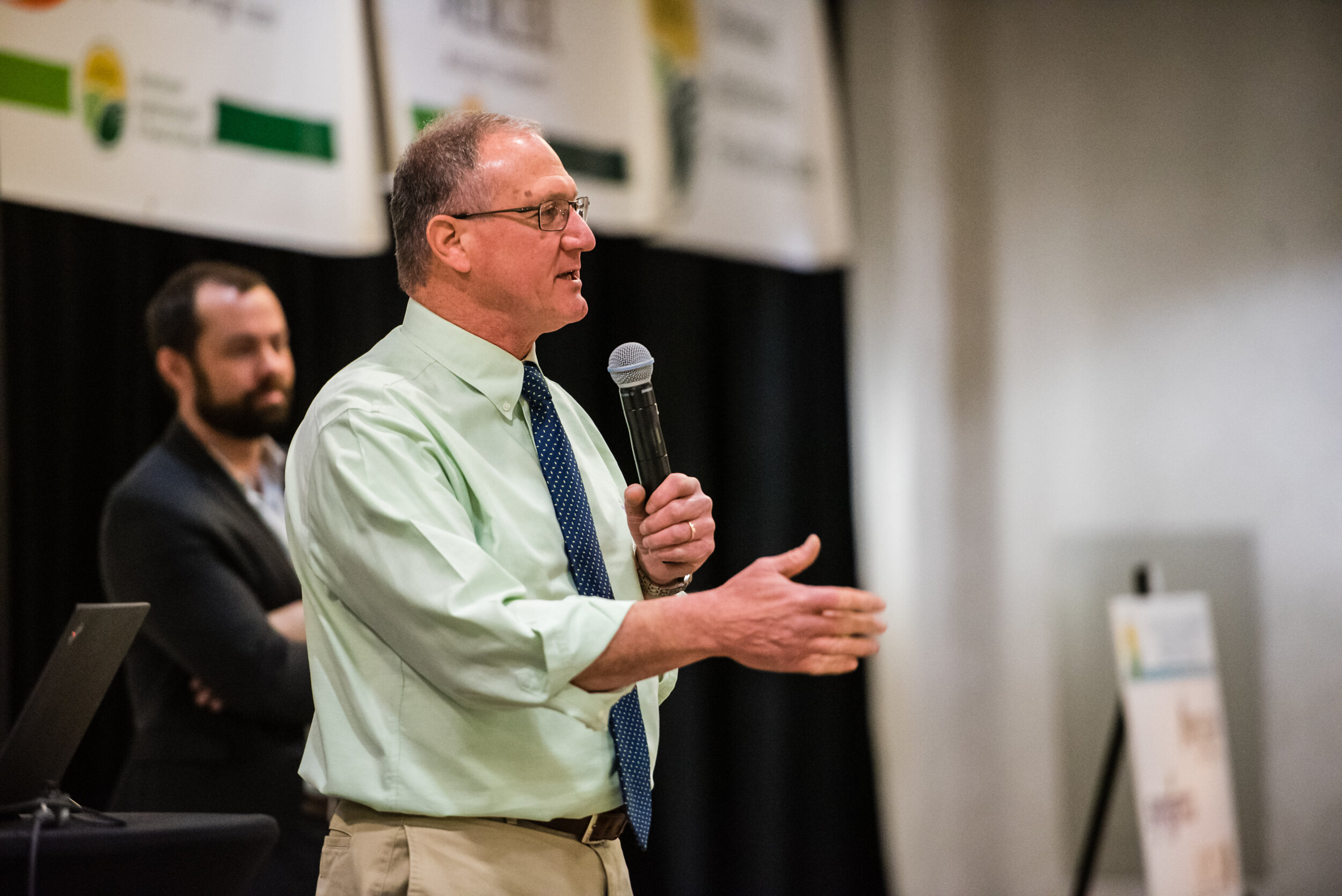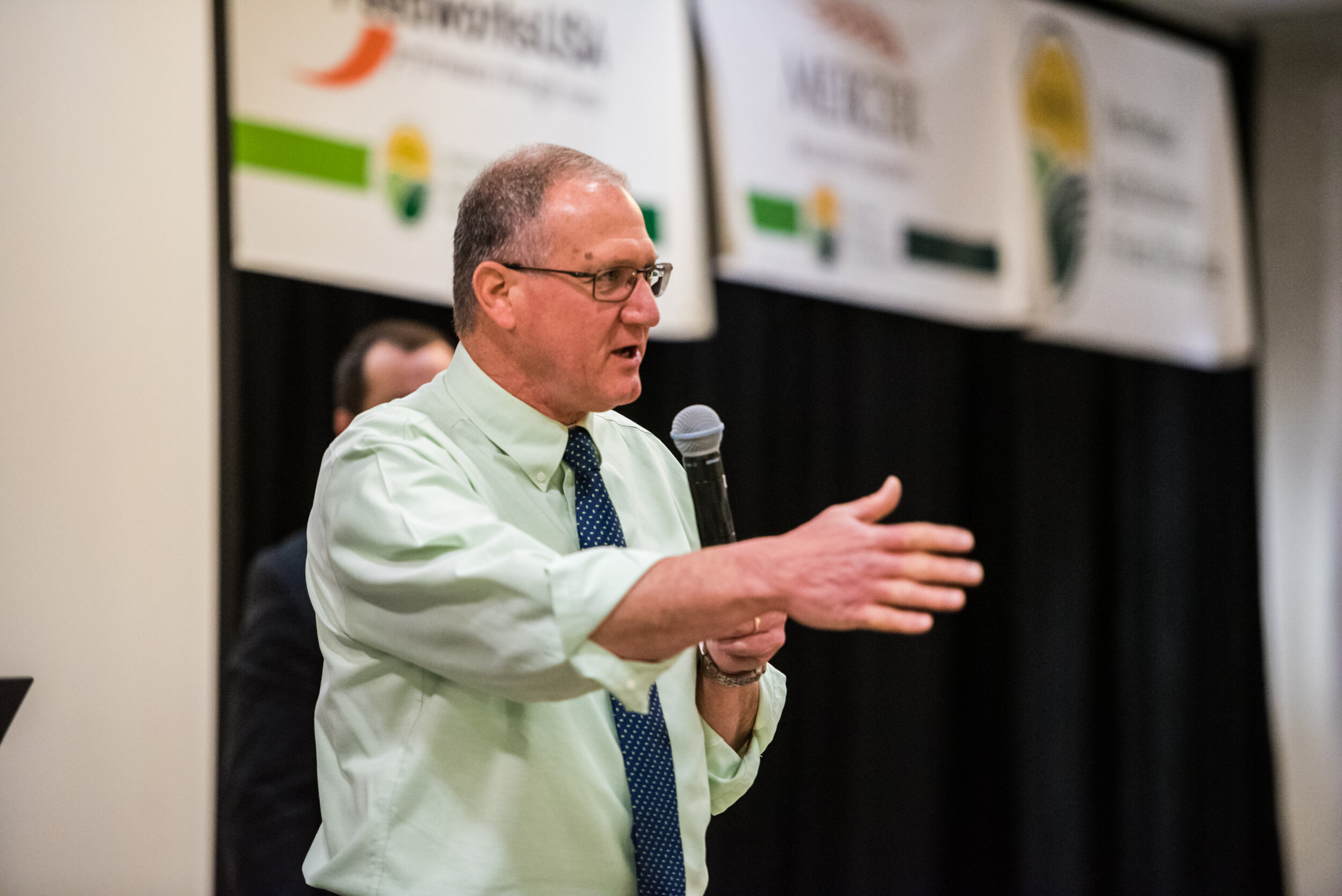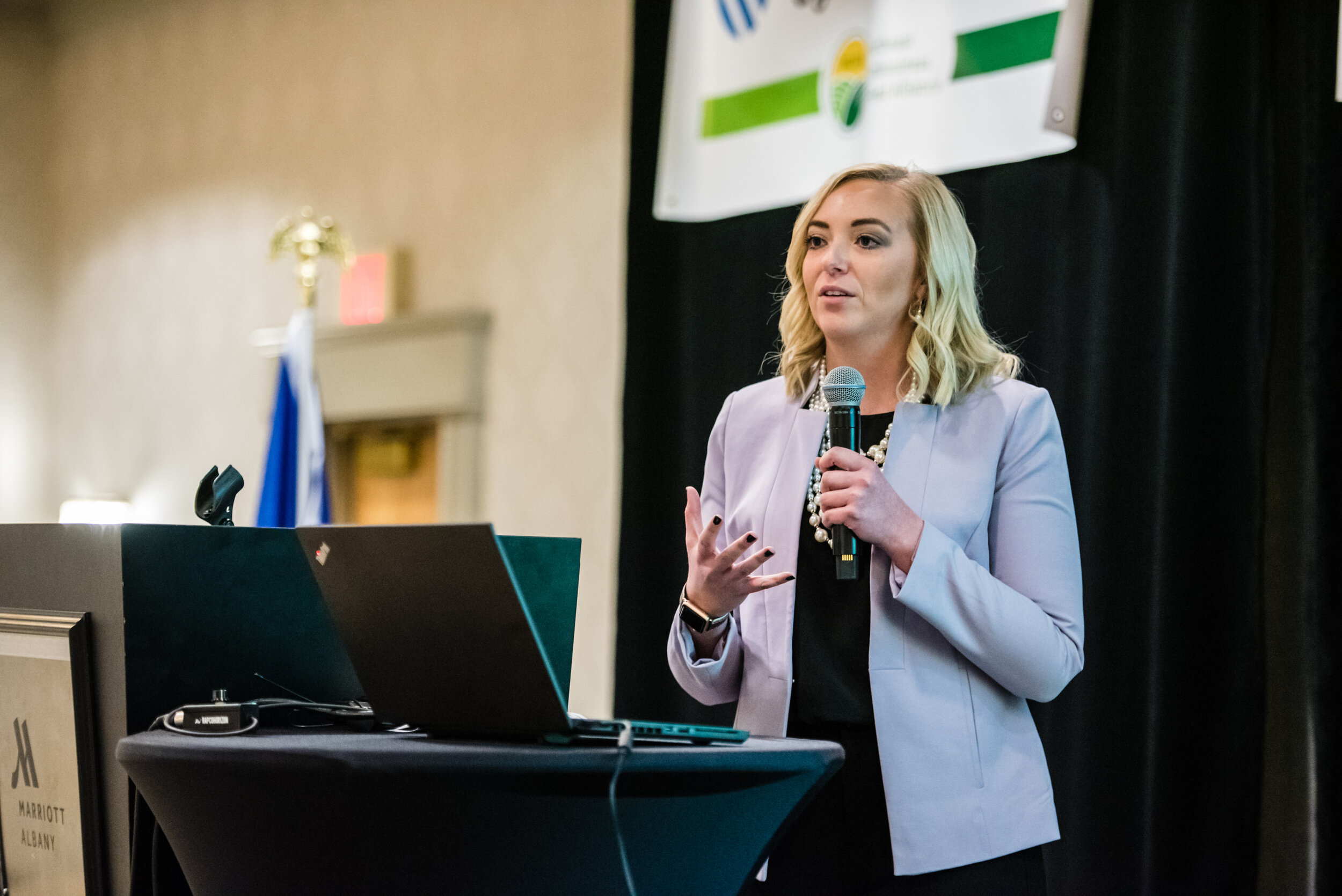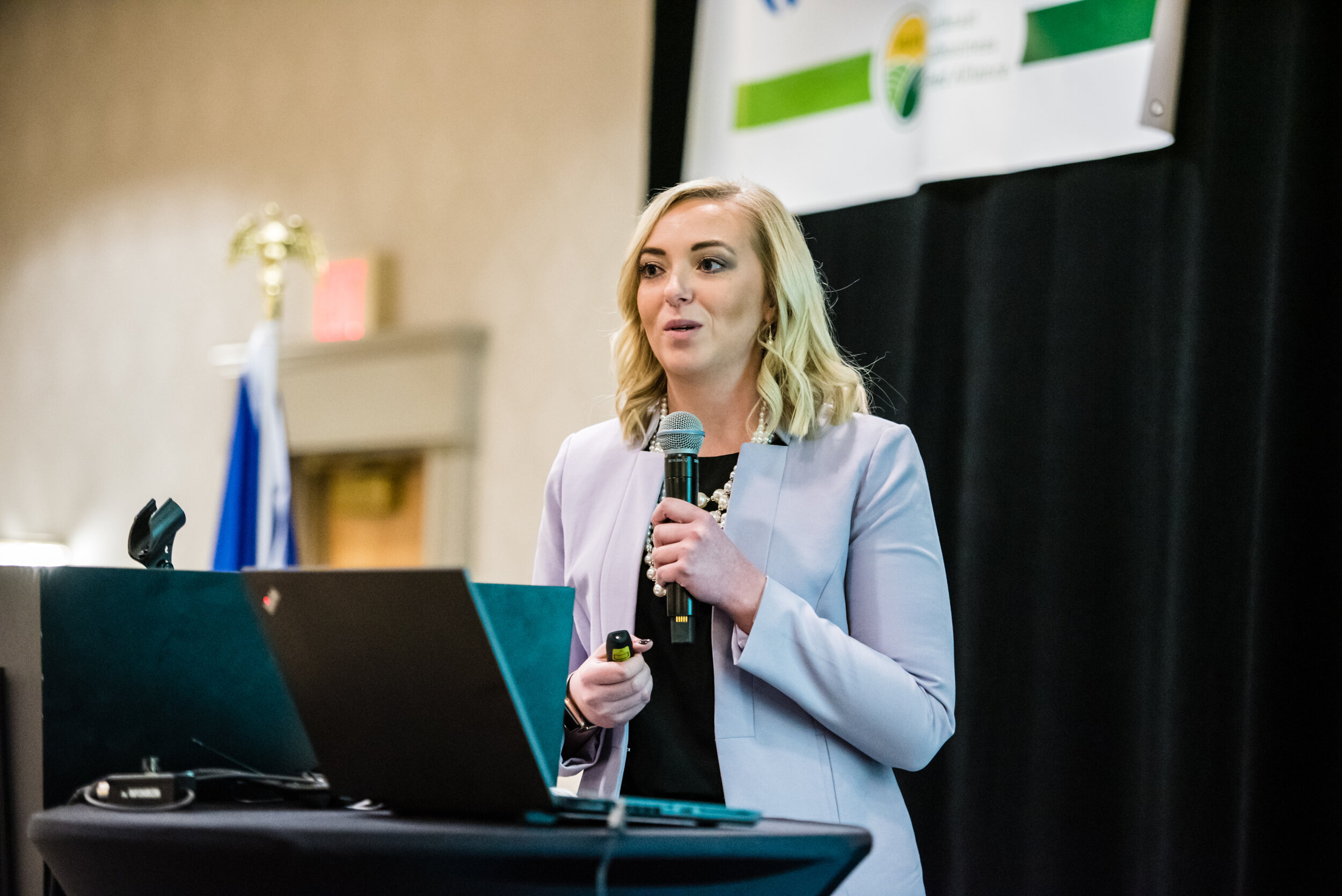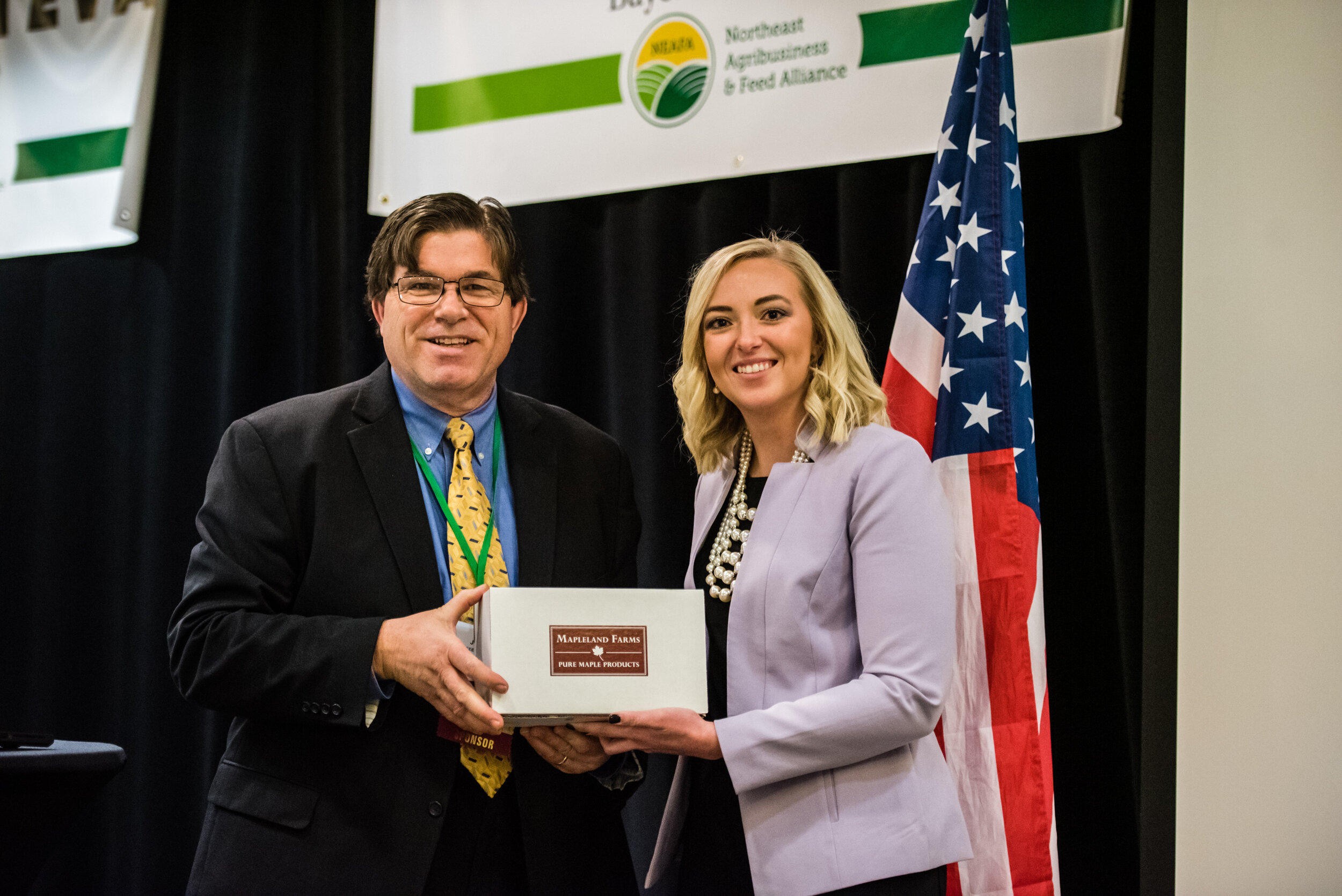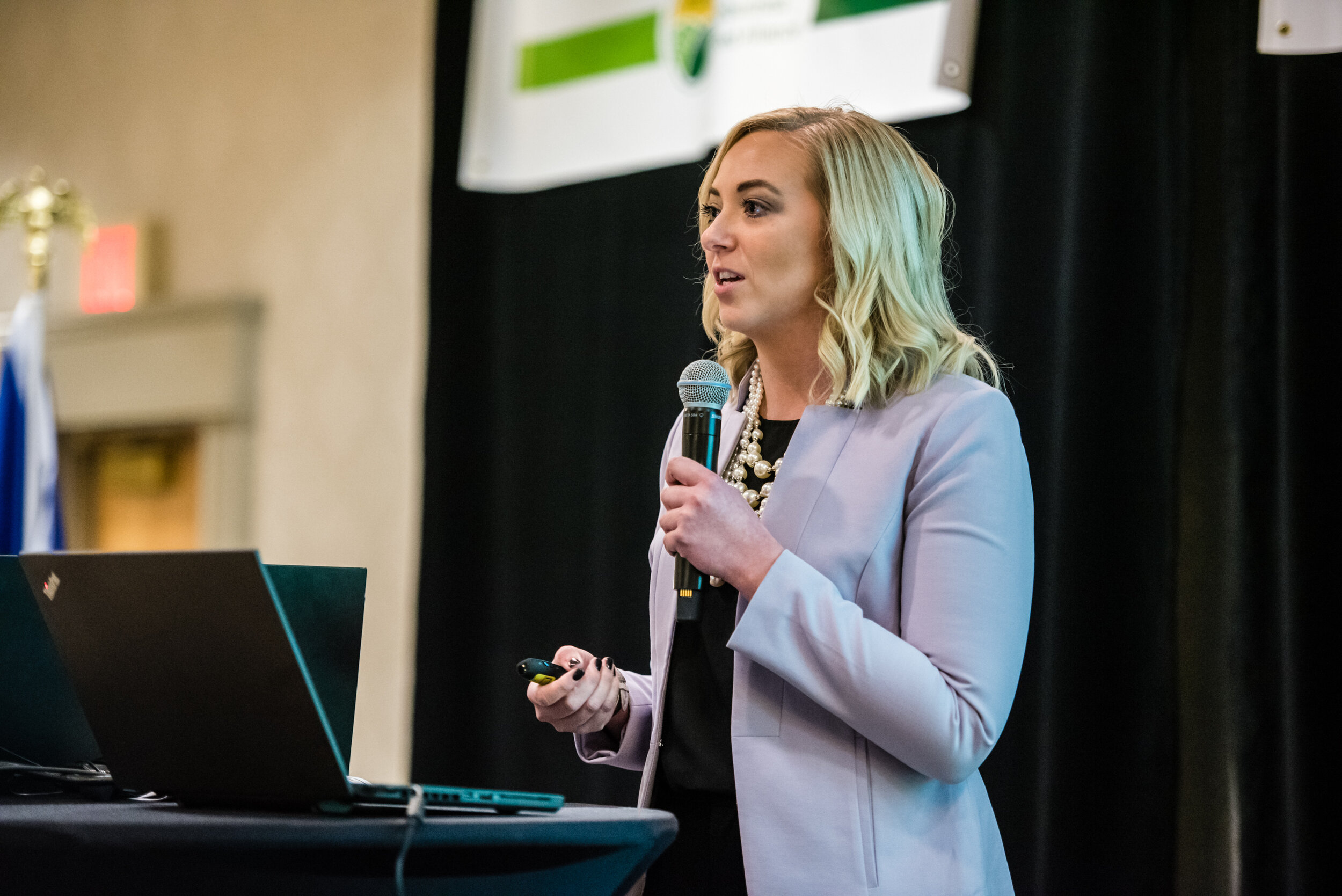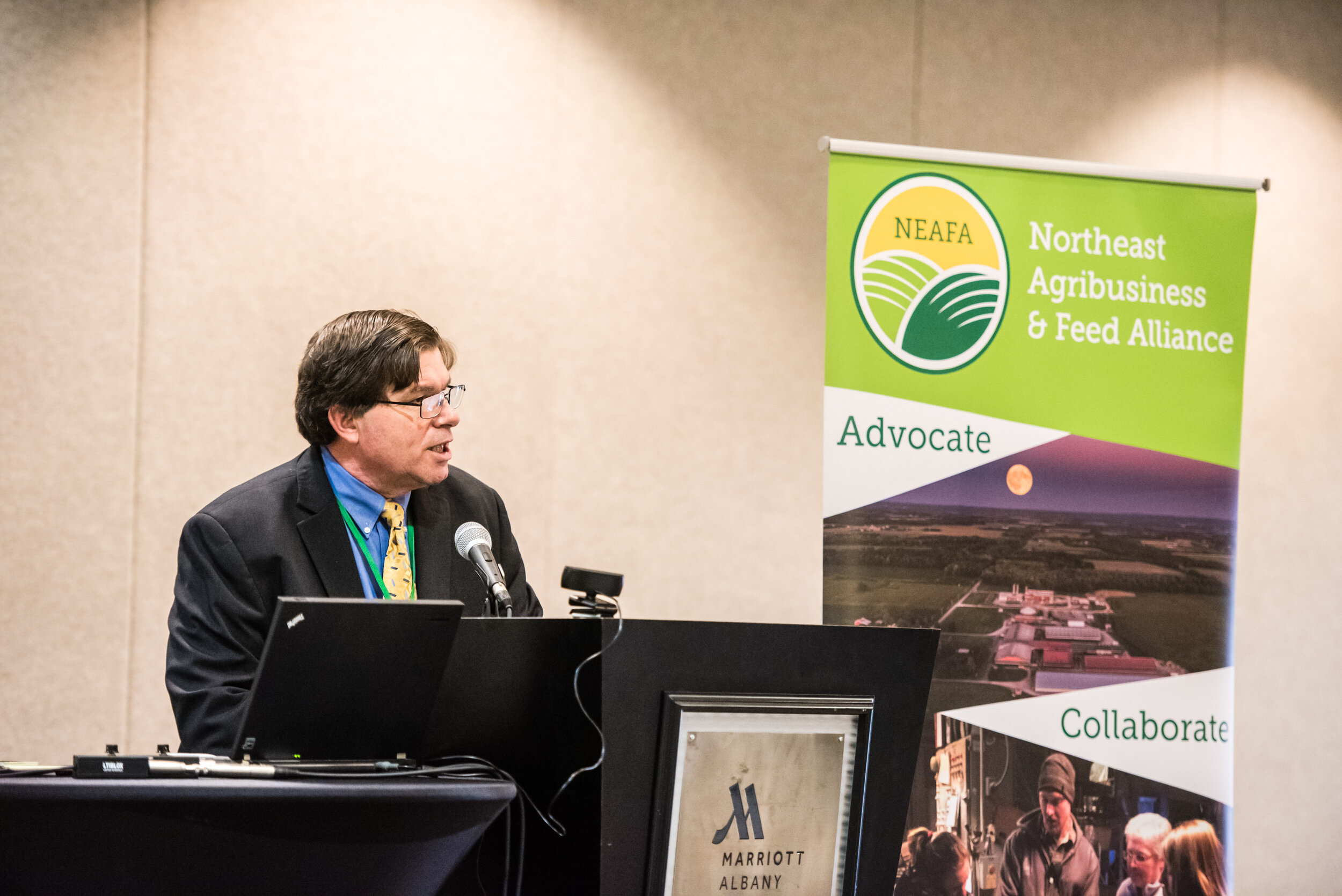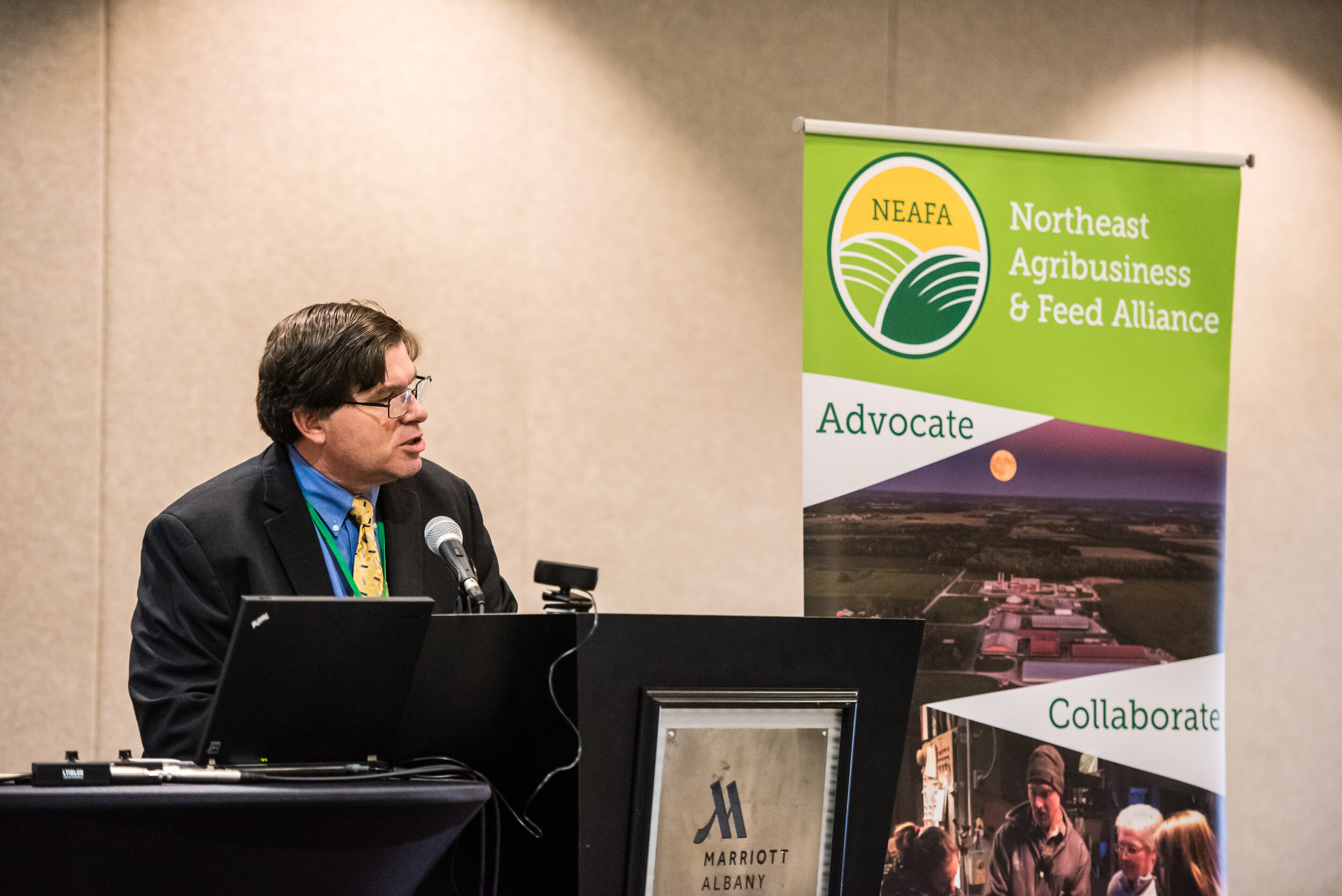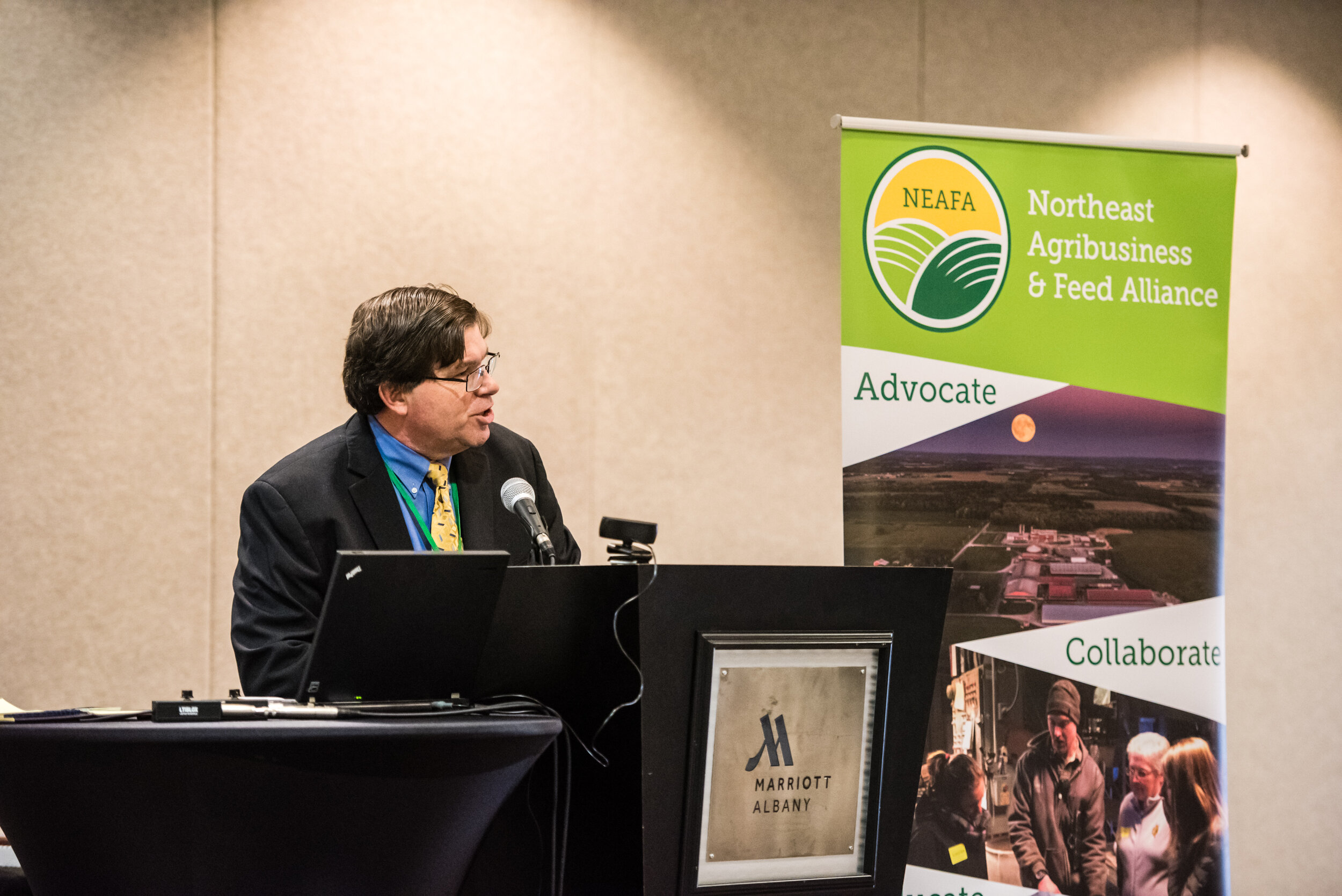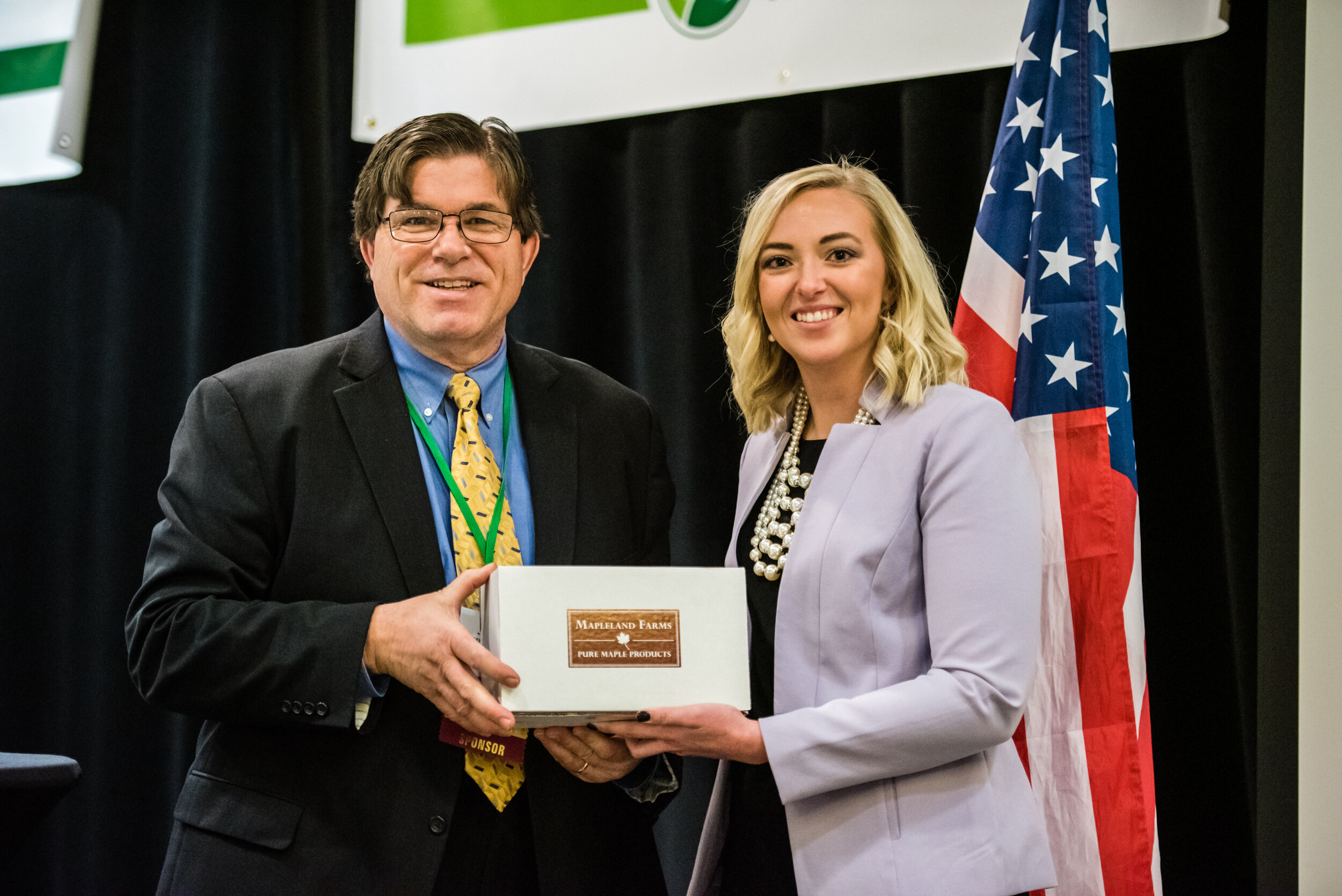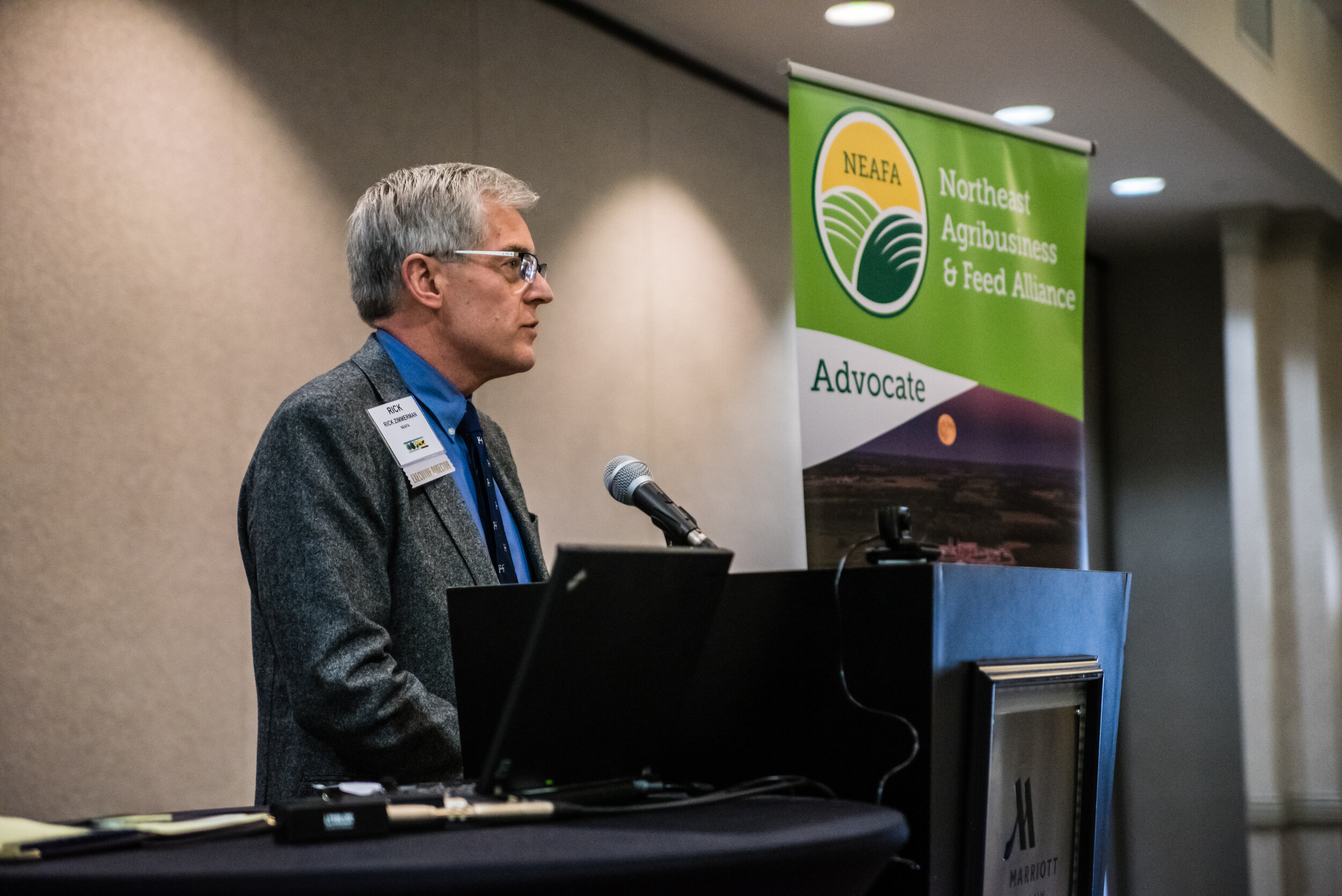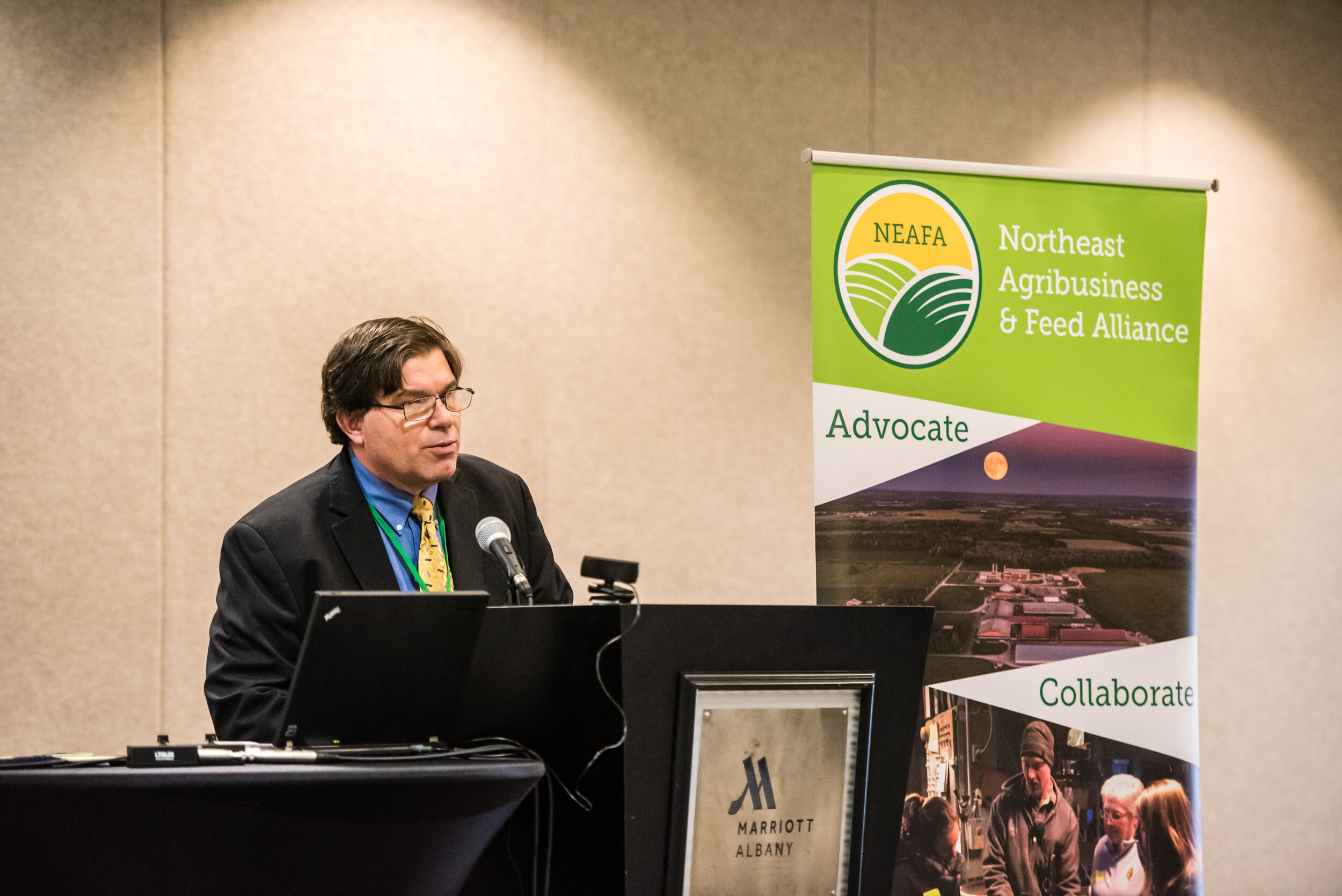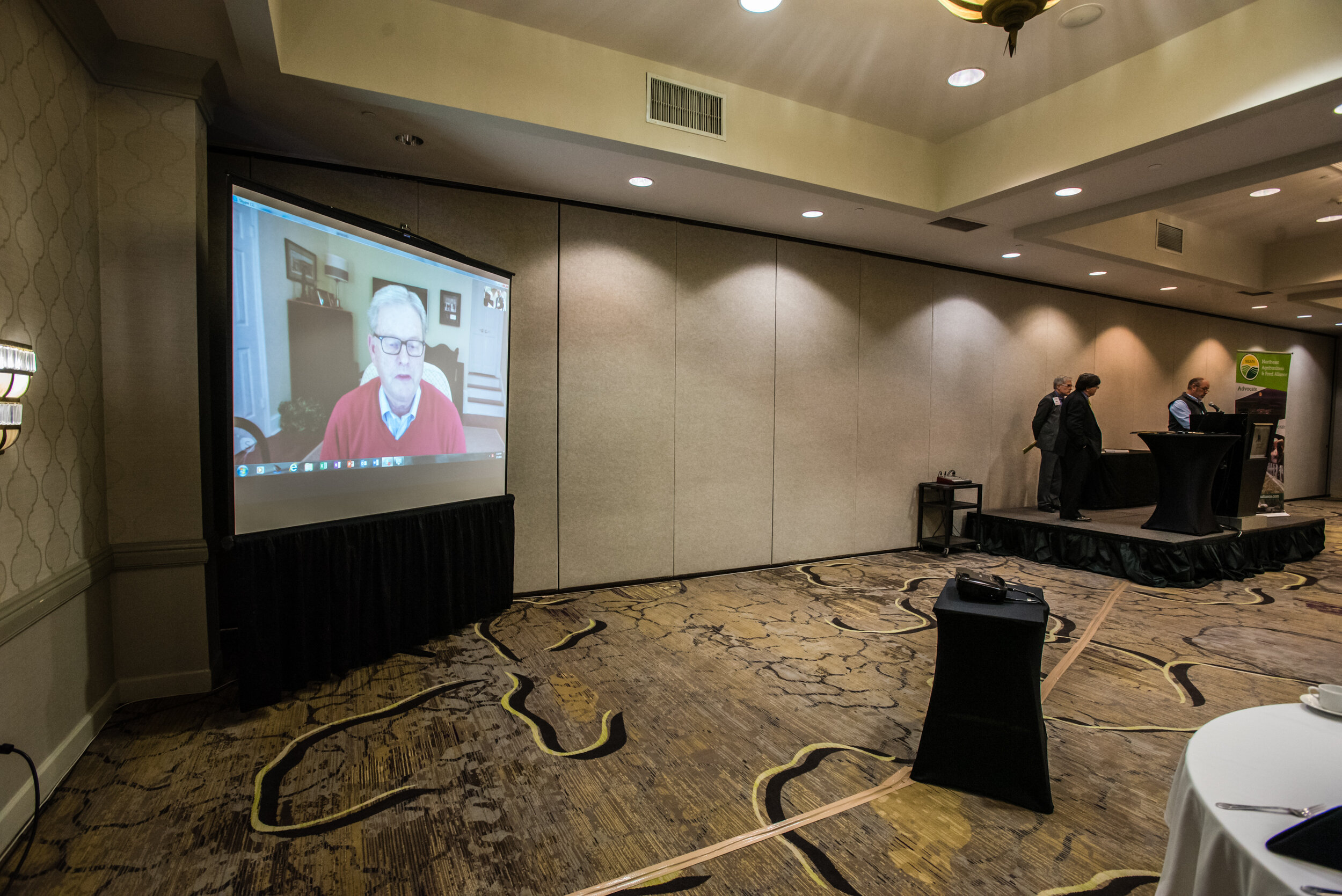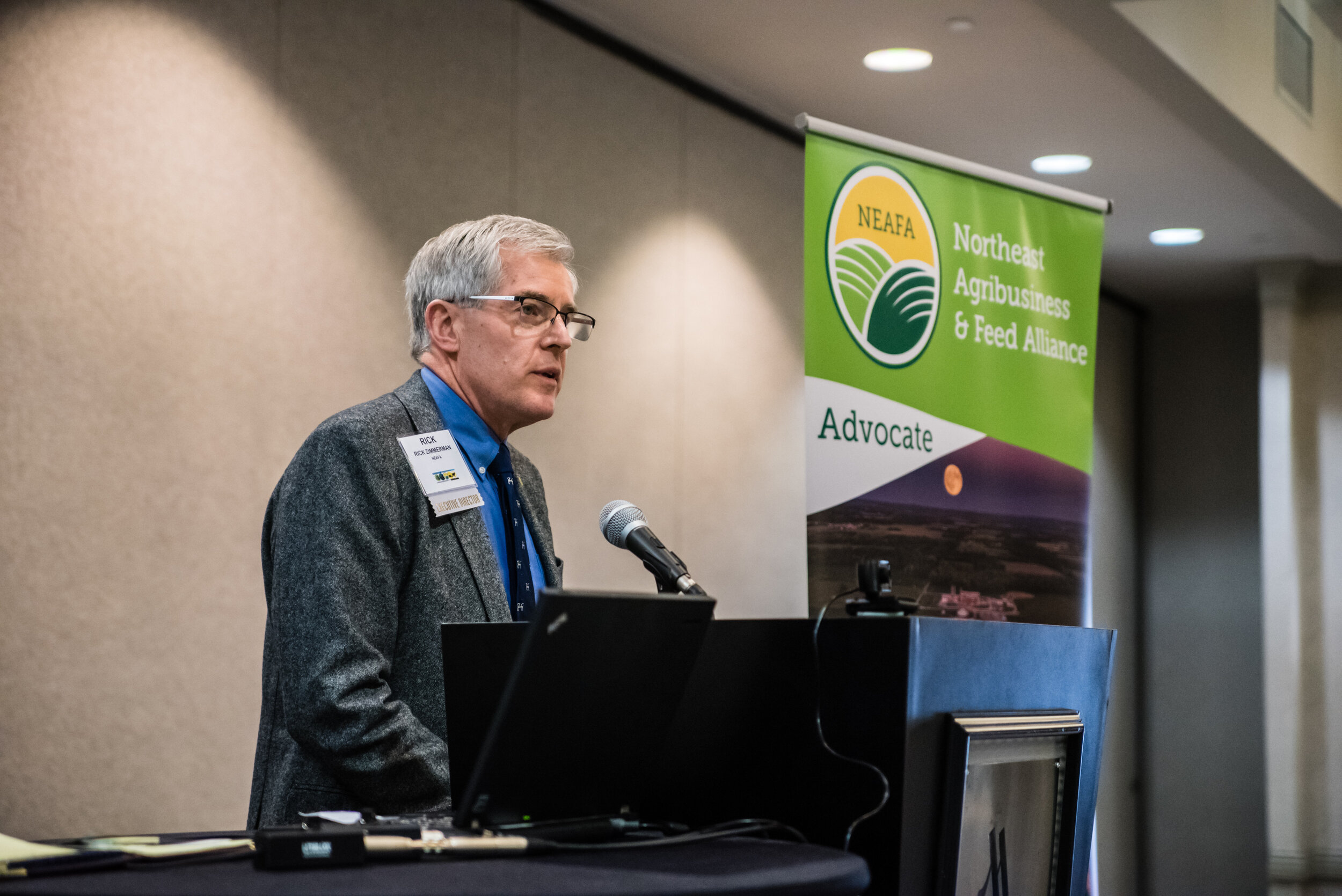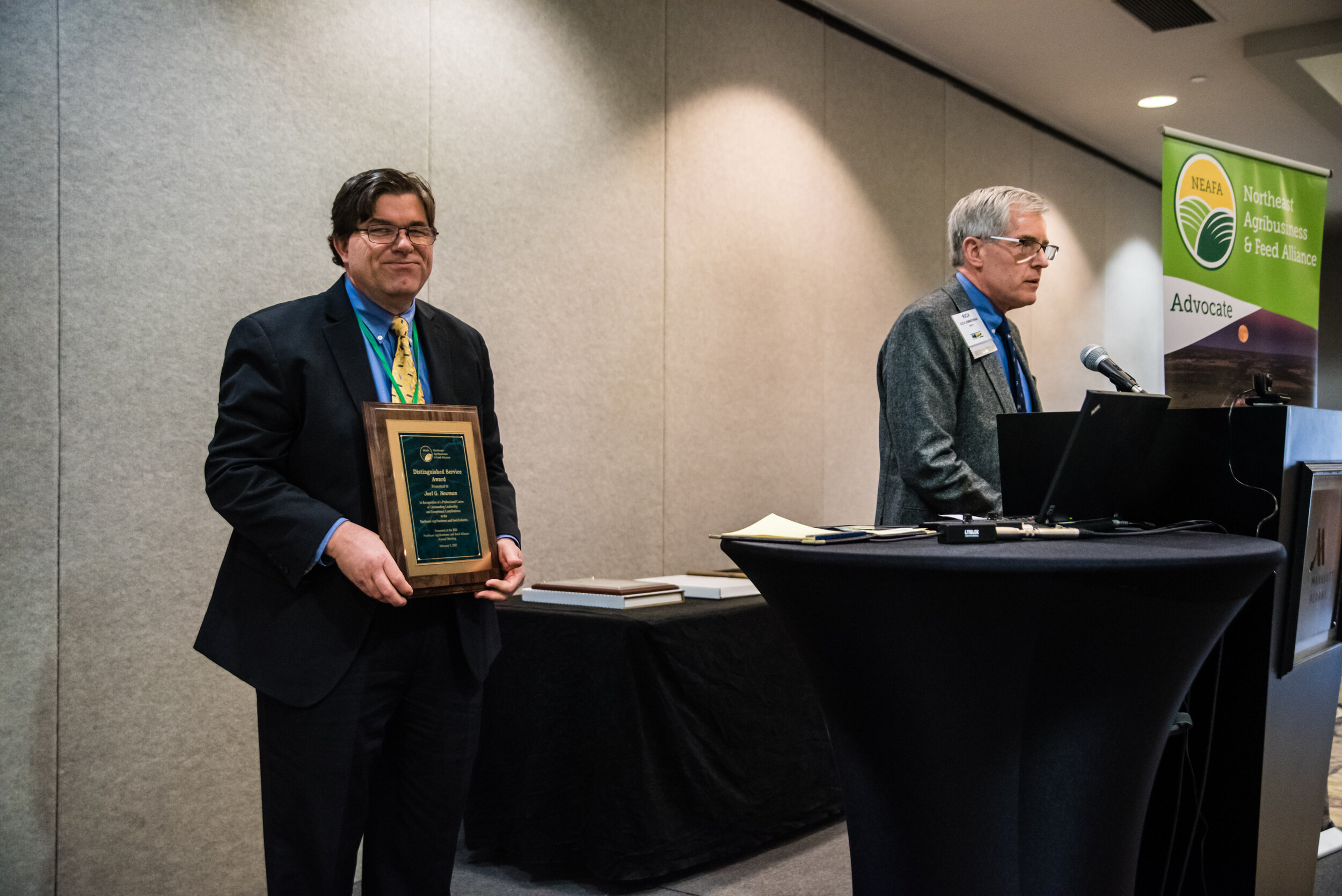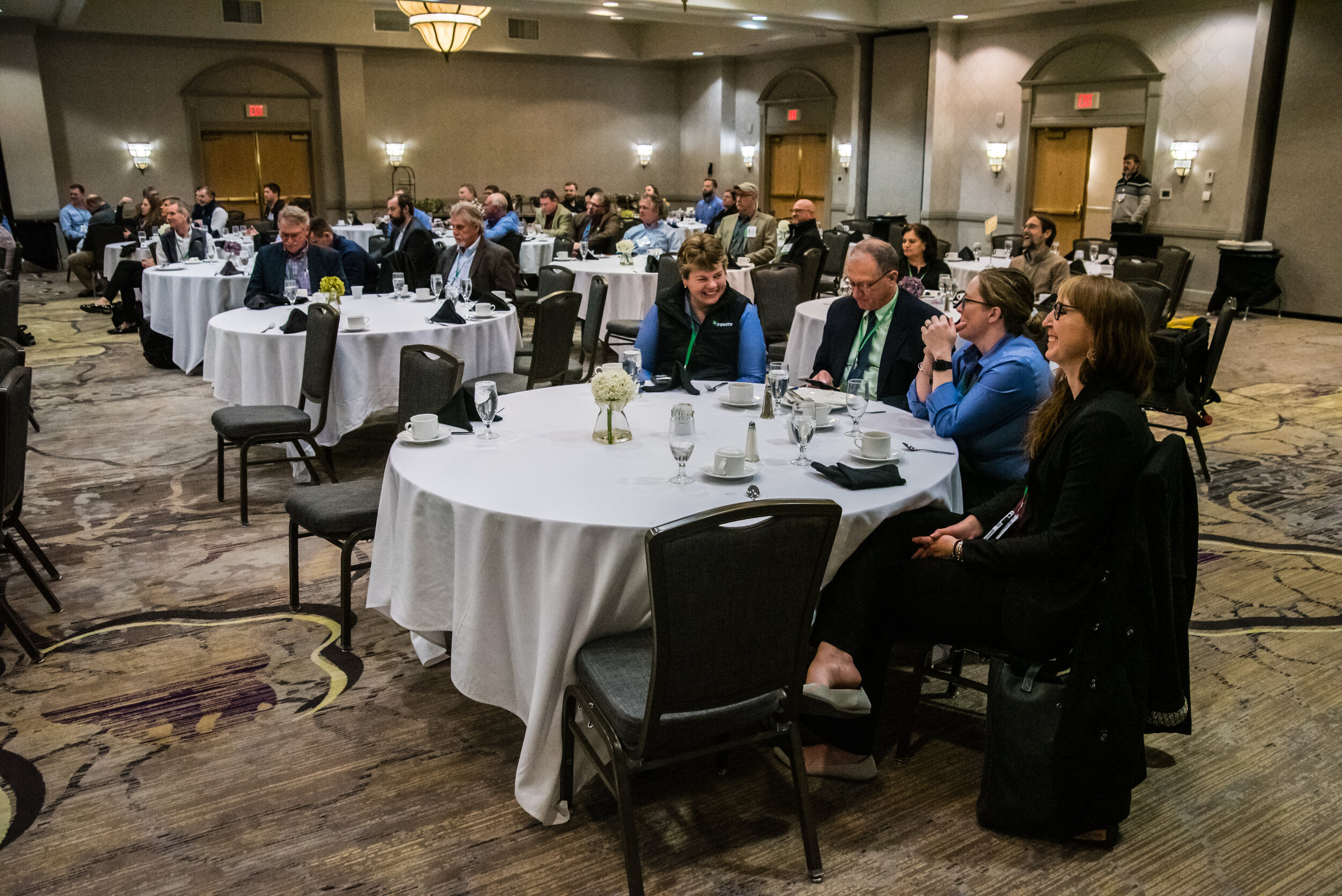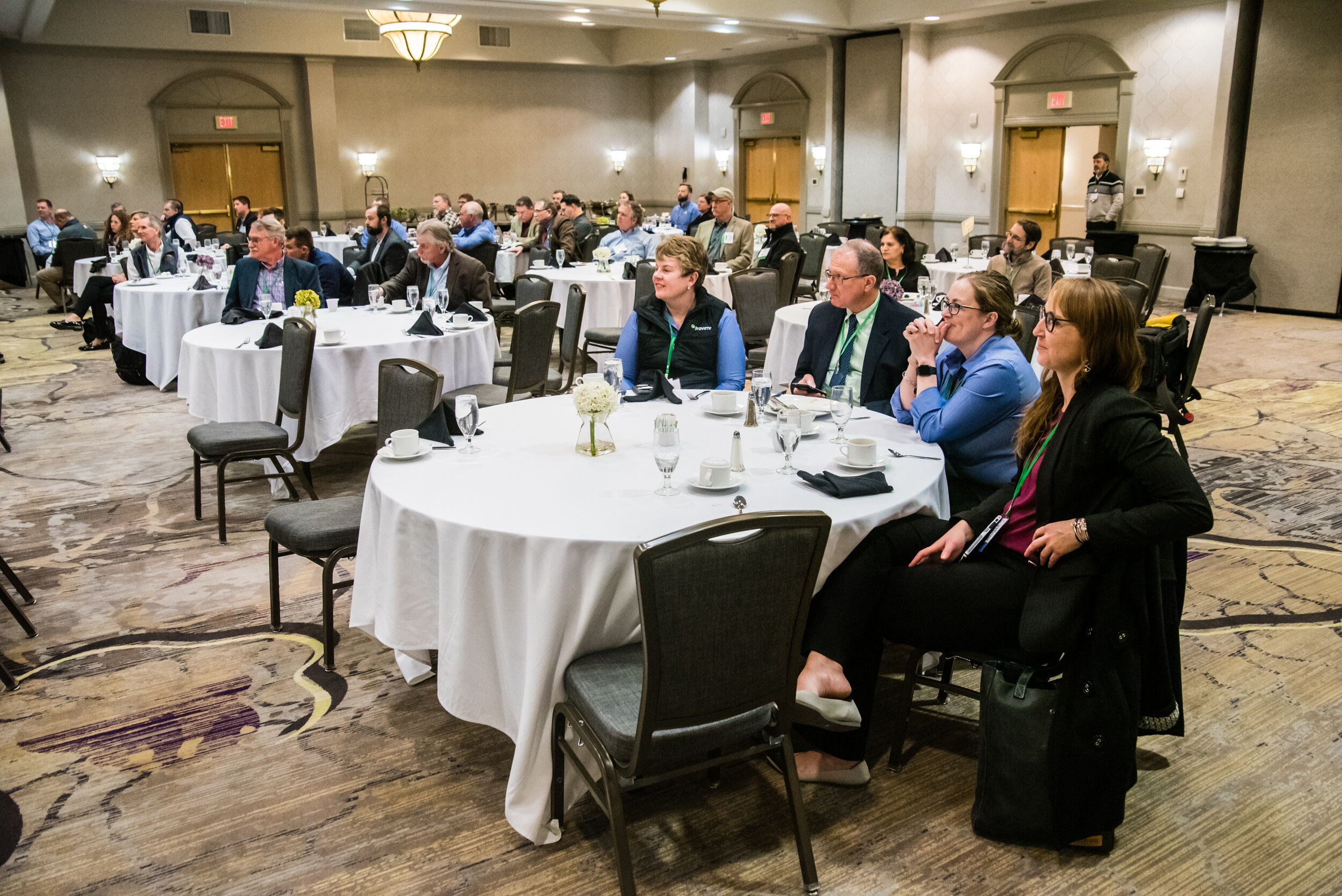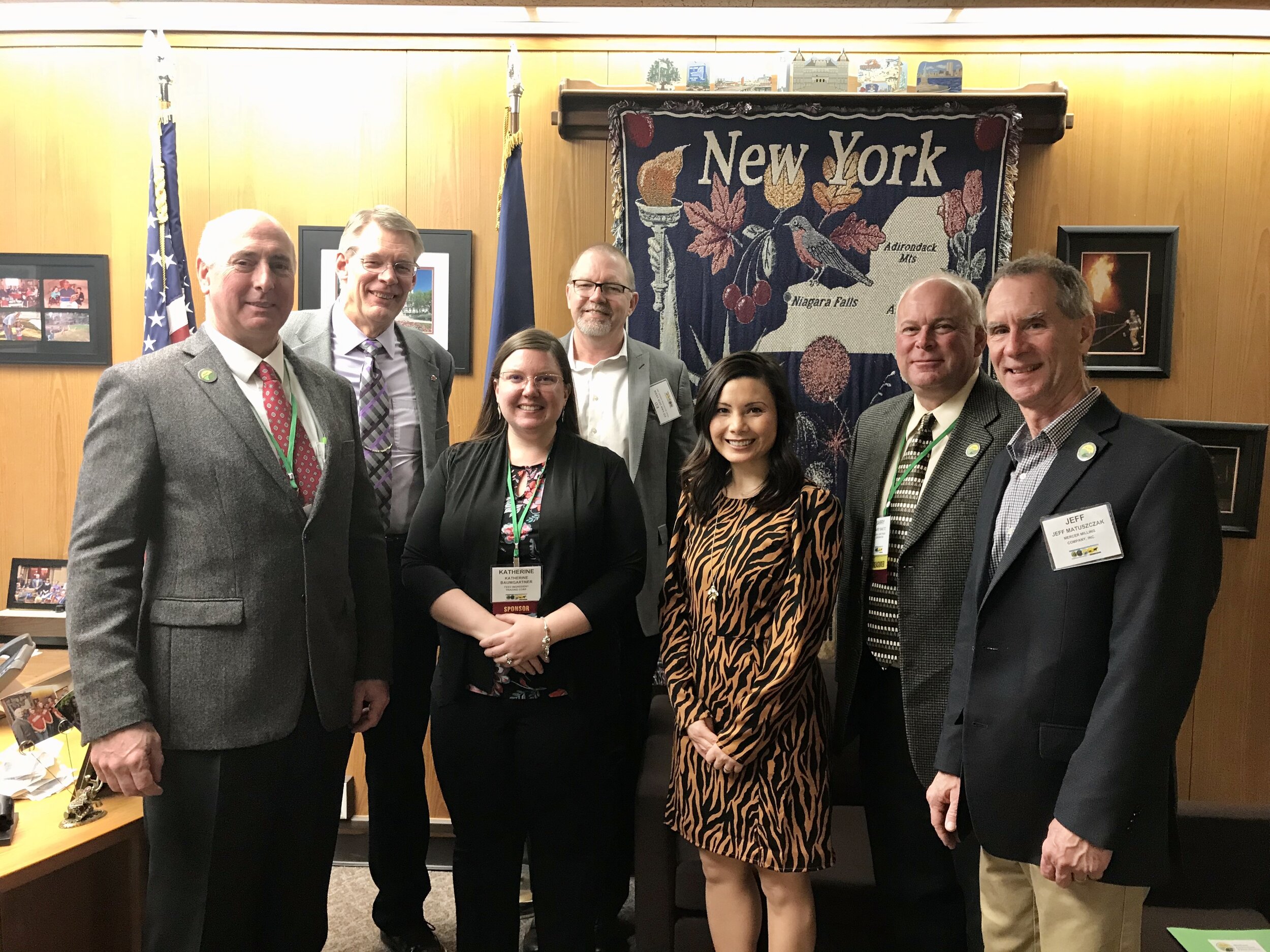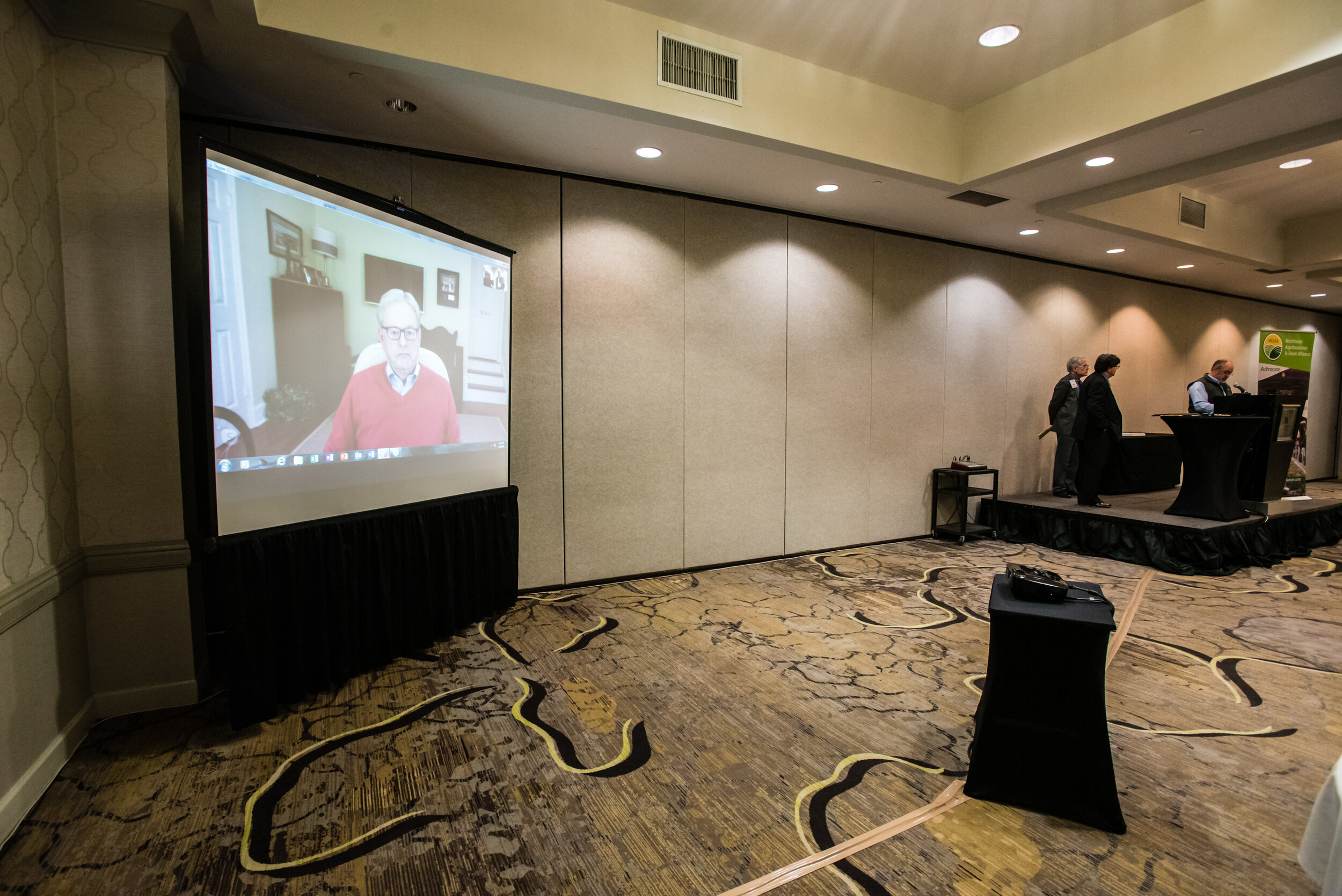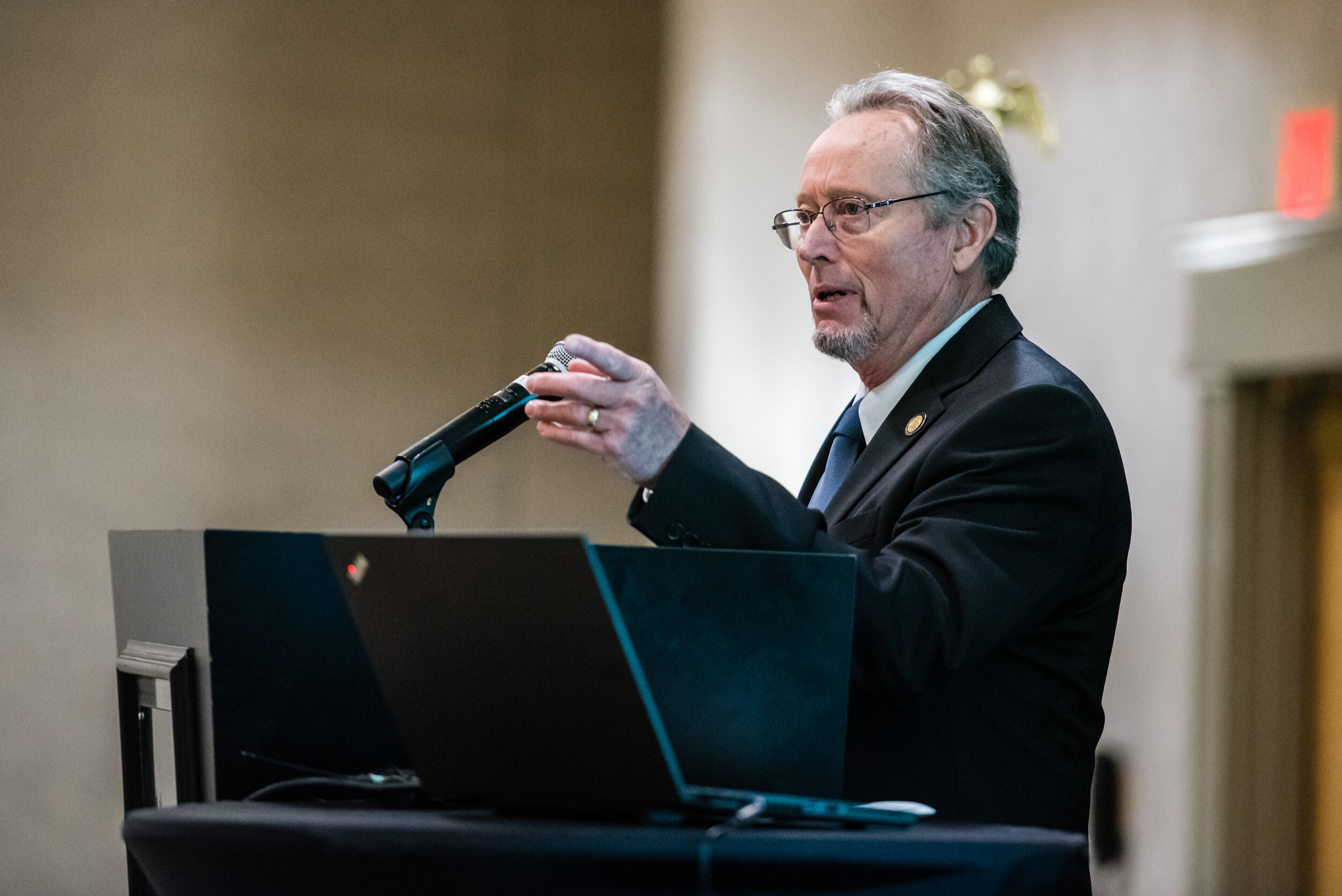Goldstar Feed and Grain has implemented strong practices to combat covid-19
As the Covid-19 pandemic continues to reshape the ways that our country and the rest of the world operates, NEAFA and its membership are committed to maintaining safe working conditions as our essential businesses continue to work.
The actions recently taken by Gold Star Feed and Grain (GSFG) are one example of how the industry is adapting to the current situation. “We’re very focused on employee safety,” said Andy Dugan, past NEAFA President and General Manager of GSFG. “Usually that involves avoiding injury on a piece of equipment, or a proactive measure to prevent a future problem. But we applied that same process to this invisible bug. We’ve been sanitizing our workplace since March 2nd. It started out with washing hands and sanitizing your work station and 2 ft distancing. Then 6 ft distancing and sanitizing common areas. The owners started buying lunch for everyone, because we want them to stay here and not get sick. That attitude has helped us to date with our goal of employee safety. We’ve had a couple of people tested but no positives. We’ve also set a protocol that if you have a fever over 100.4 go home, period end of story. And don’t come back until your temperature is below 100.4 degrees for 24 hours or 72 hours or 14 days depending on circumstances. Everyone that works at our facilities are hands on people. My staff is the admin group, and 80% have been working are at home since mid March for more than 2 weeks. Twenty percent come in for the physical and handling paper tasks we require.”
GSFG has also taken precautions with whom can enter the building during work hours. “We lock our doors right now, no one is allowed in without a key,” said Dugan. “A lot of our customers are on the same page with restricting visitors and with social distancing. Our sales people aren’t making normal sales visits, just doing phone work, computer work, or records analysis. They still have to physically go to farms on occasion for a number of reasons, but our people adhere to our policies while on other people’s sites. I hold myself to the same standard when I have to go out.”
Dugan also touched on the topic of farmers that are currently facing difficult choices as the pandemic has cut into dairy farm profits. “Our company and myself personally get very concerned about increasing farmers’ debt in a non-structured manner. It’s something that our industries grapple with, and I do not want to help the farmer get in over their head in debt. I want to help them be profitable. It’s a massive topic to tackle, and there are a wide variety opinions from farmers and feed companies on what’s best to do. What I’ll say is if you understand your costs of production and if we assume that future milk price will be below the cost of production what should you do? You could take on more debt, or look to remove nonproductive assets, or reduce feed costs which will reduce your milk output. These are all discussions that we want dairyman thinking through right now. When you’re profitable you want the last drop of milk out of your cow - when you’re not profitable, maybe squeezing that last drop of milk out might not be the best strategy.”
Dugan doesn’t however see this being a long term slump for farmers. “The unforeseen cannot be planned for. And when it happens it’s always a much more positive or negative change than what we would have thought of previously. Because in the markets (i.e. milk, feed, soy, corn markets), people’s perceptions of what is going to happen dictates the prices. So, when things are black and everyone thinks the world is ending, prices go too low. My opinion is that this will bleed out faster and turn around faster and become more positive than most people can believe at this time. There are 350 million people in the US that have to eat food tomorrow, next week, next month and next year. So agricultural businesses inside the US will be the ones that will provide that food for all those people. You can agree to stop buying jewelry for a year or two, but you cannot stop buying food. Our NEAFA organization is working overtime to help politicians understand what they can do to help feed America. Members of NEAFA benefit from that hard work. If we manage our businesses appropriately during difficult times, we will all enjoy the favorable times when they return.”






